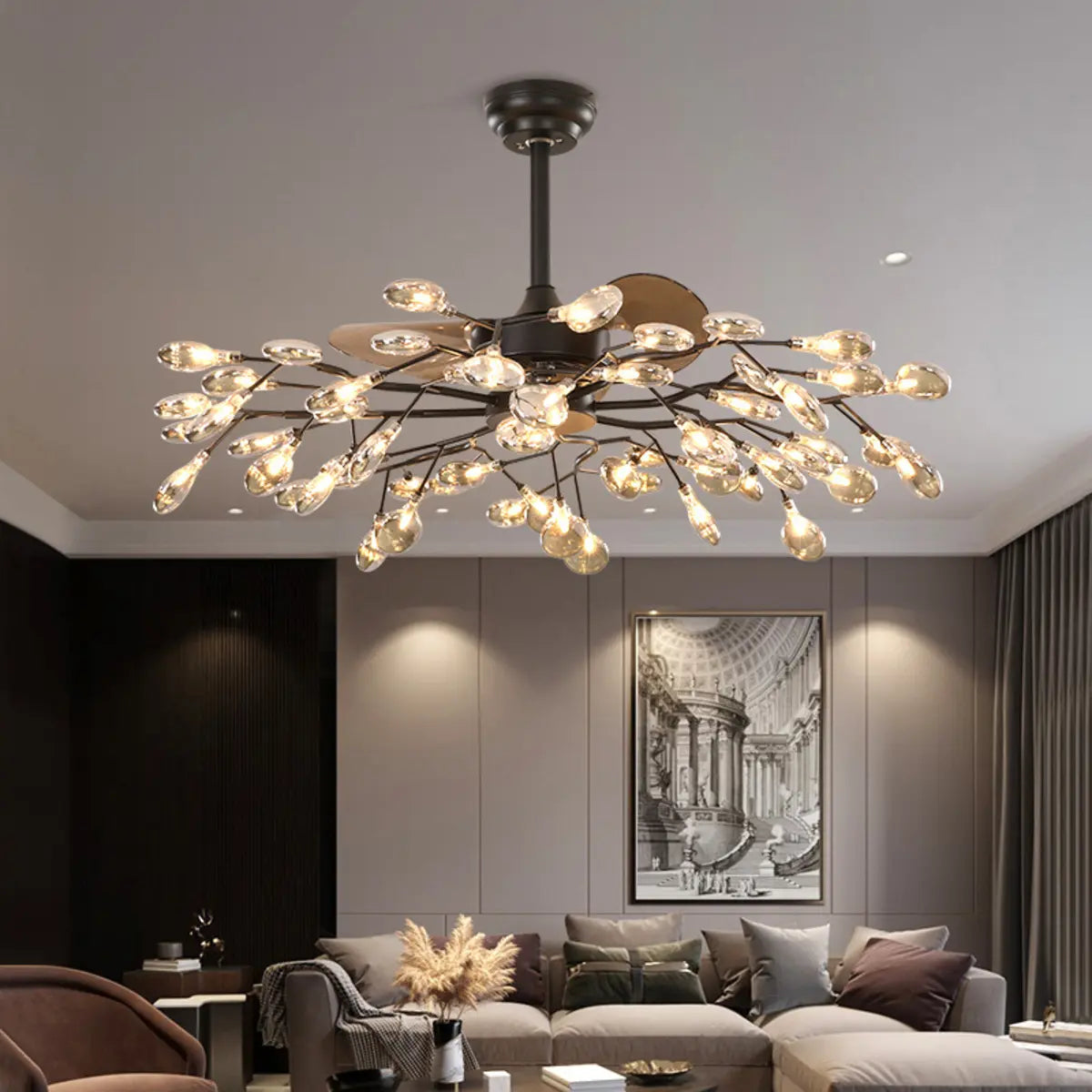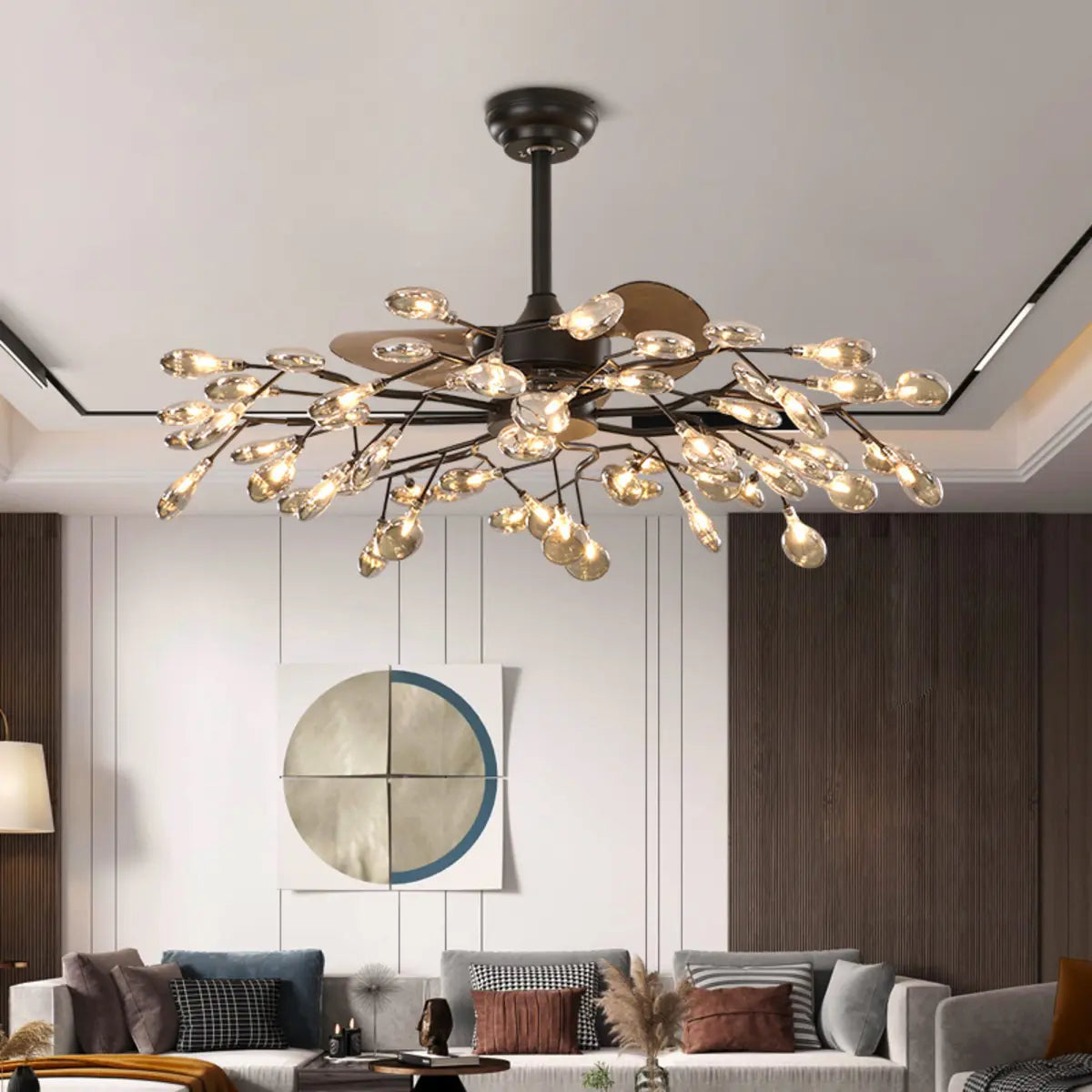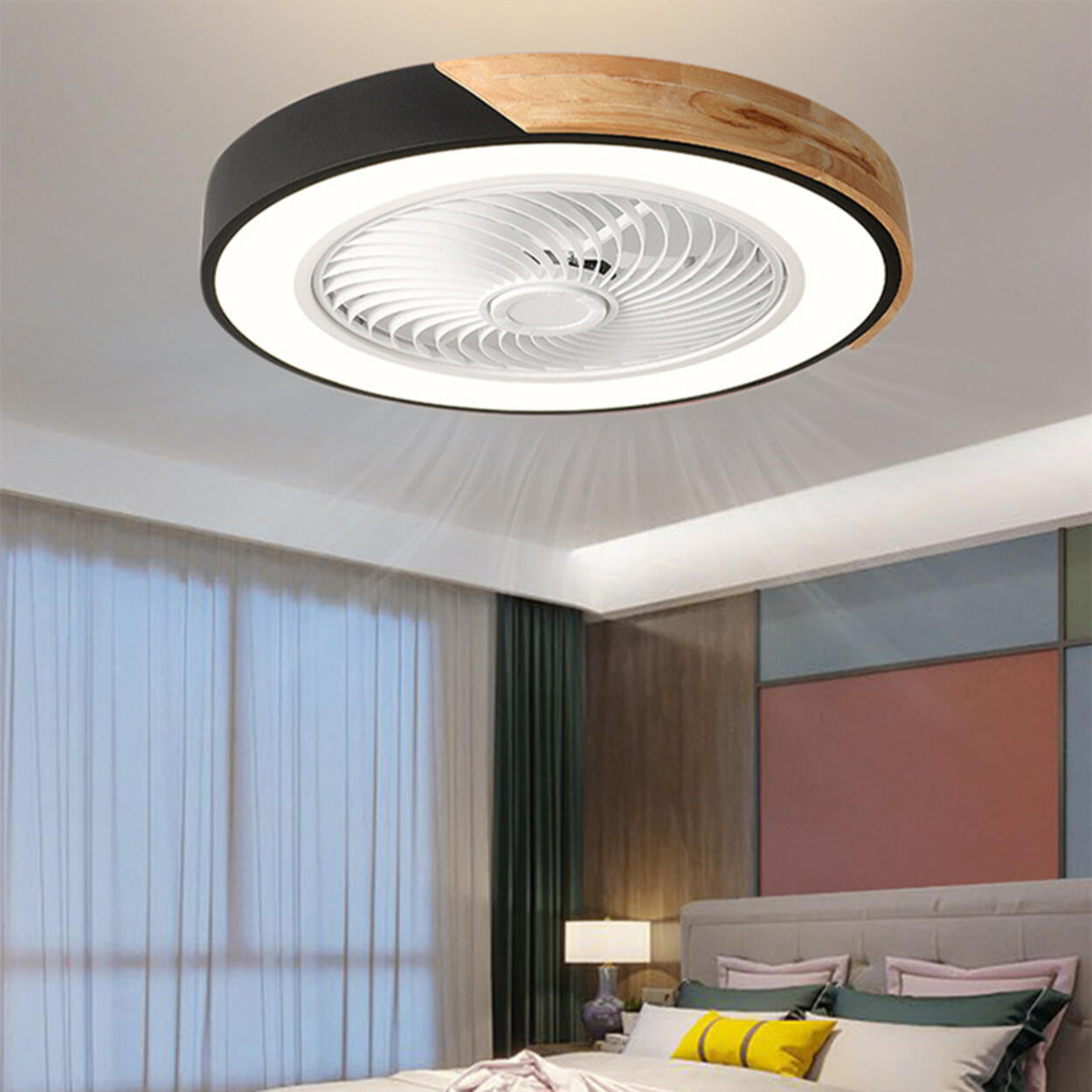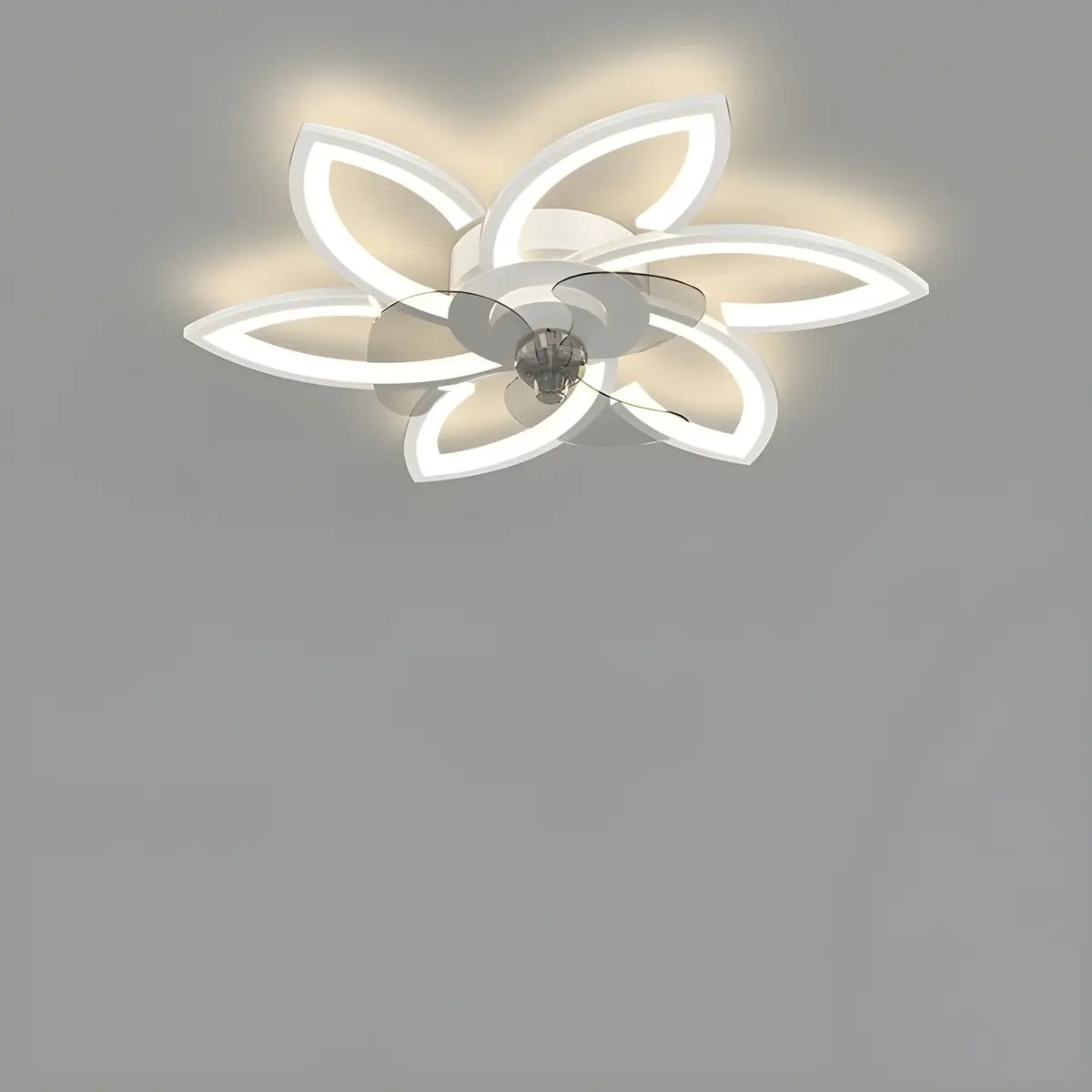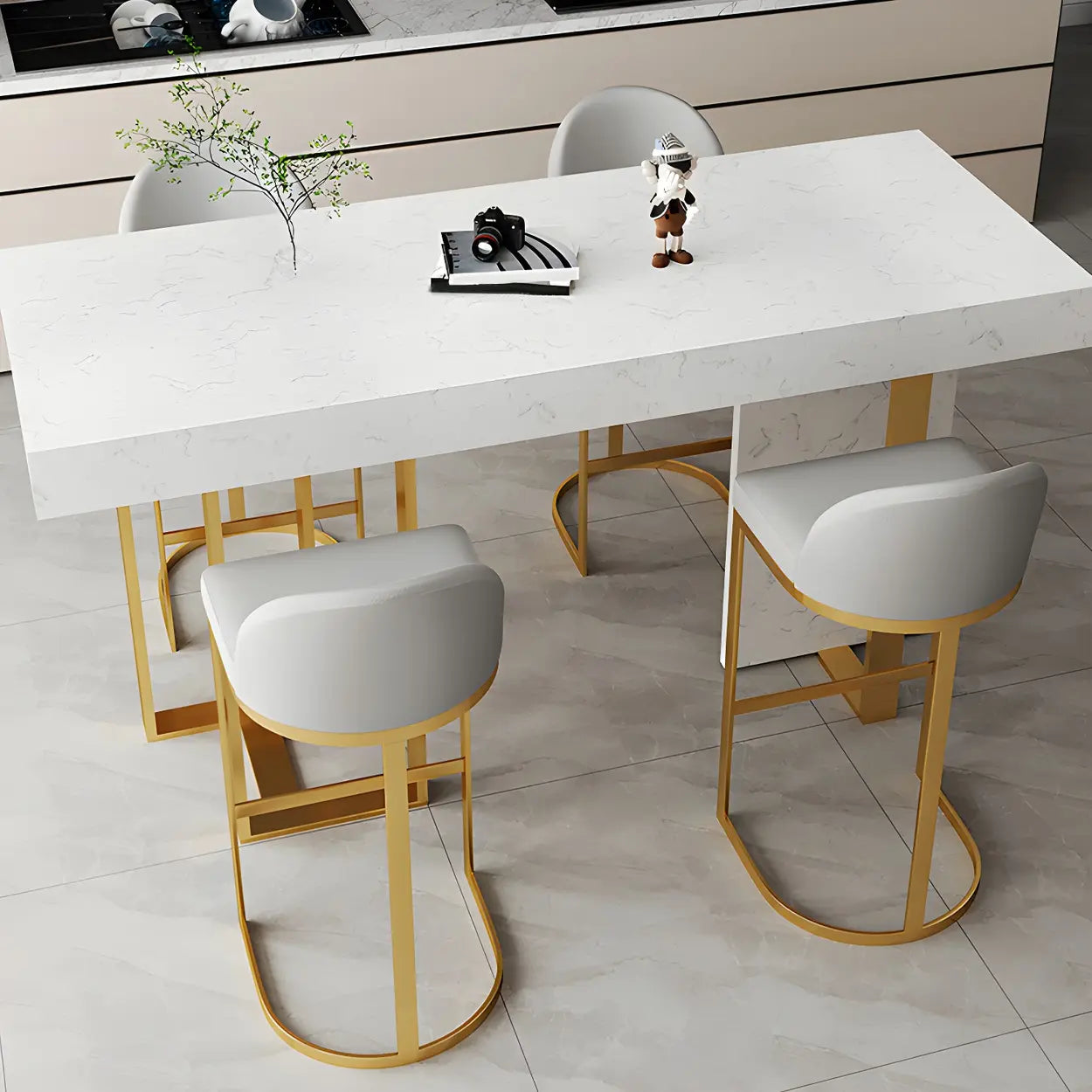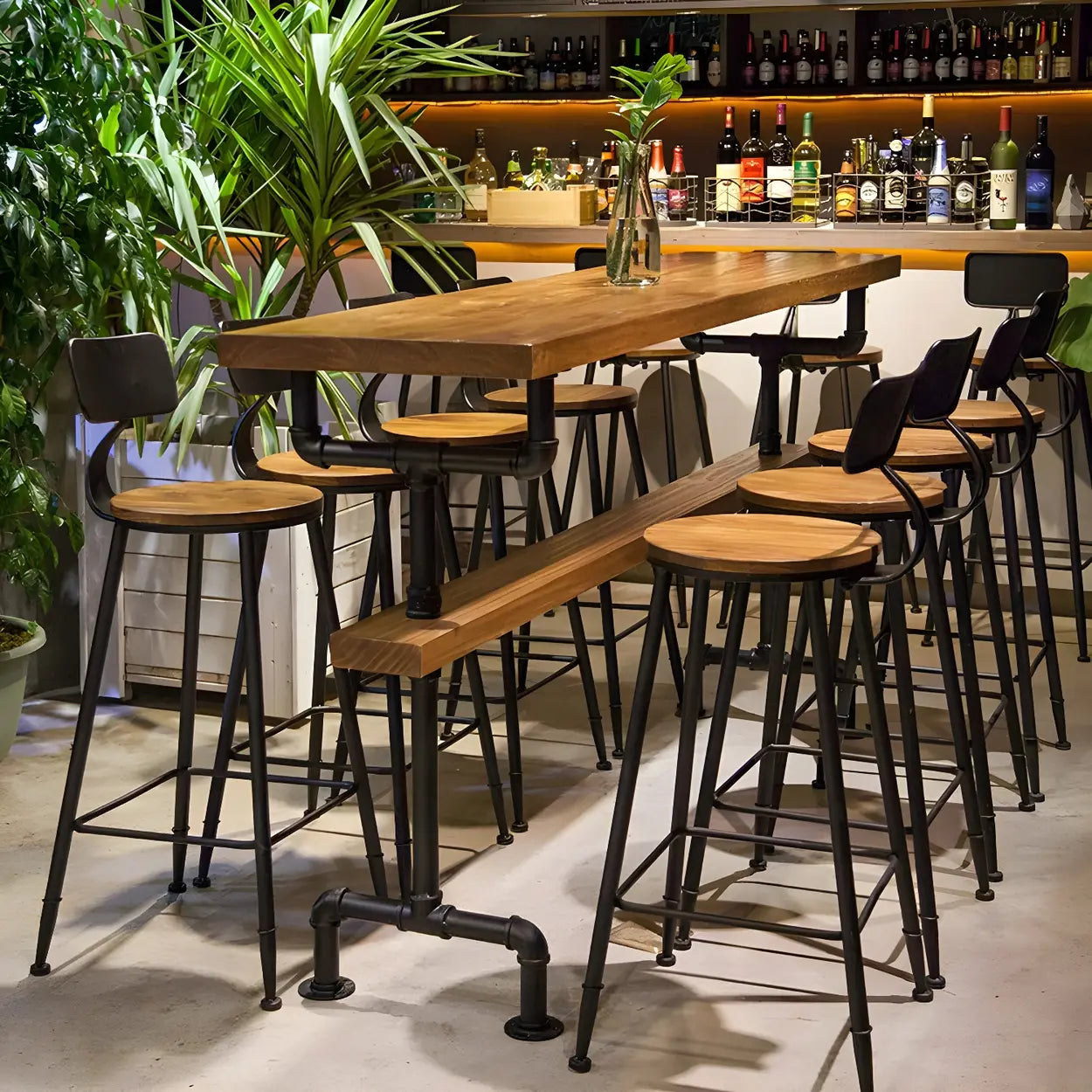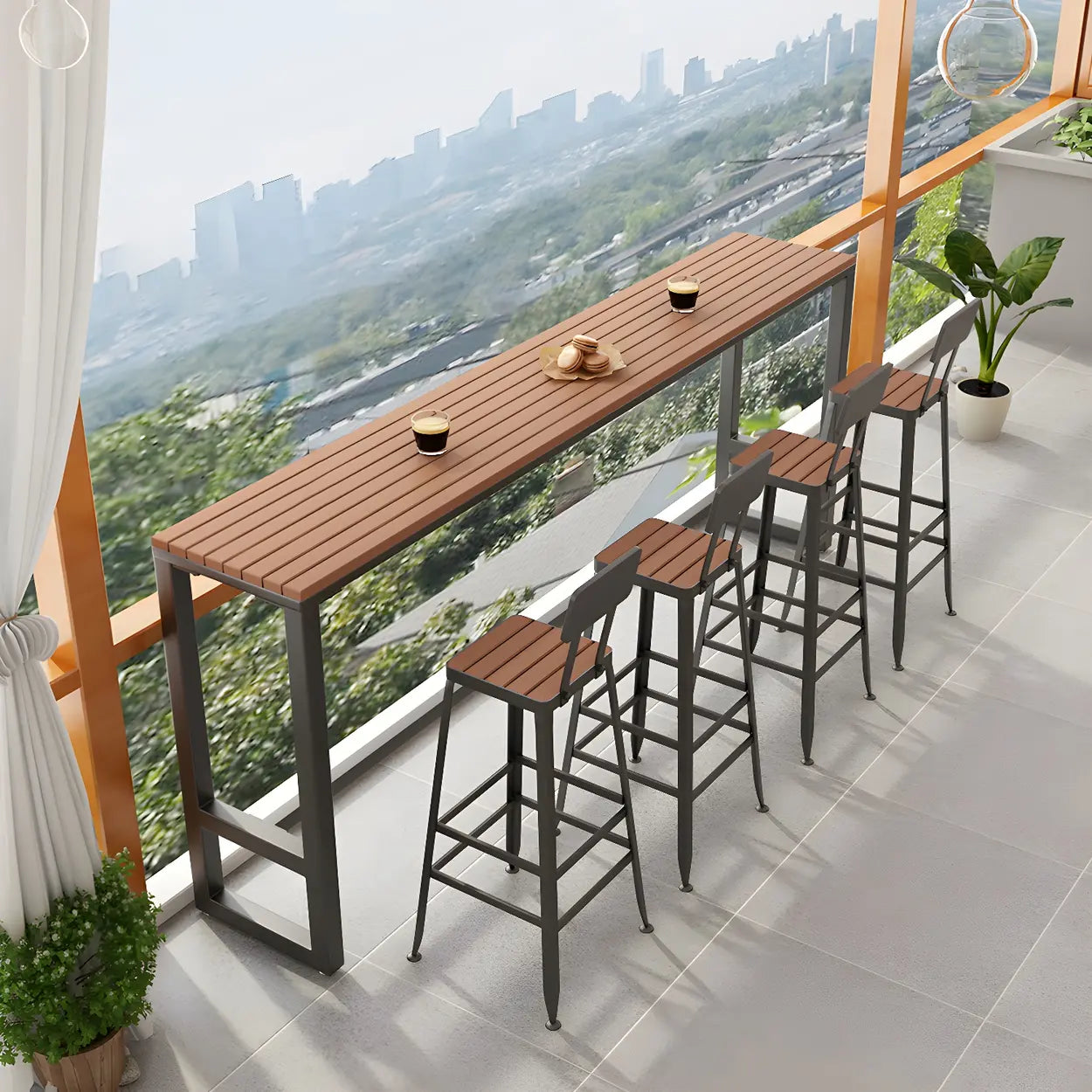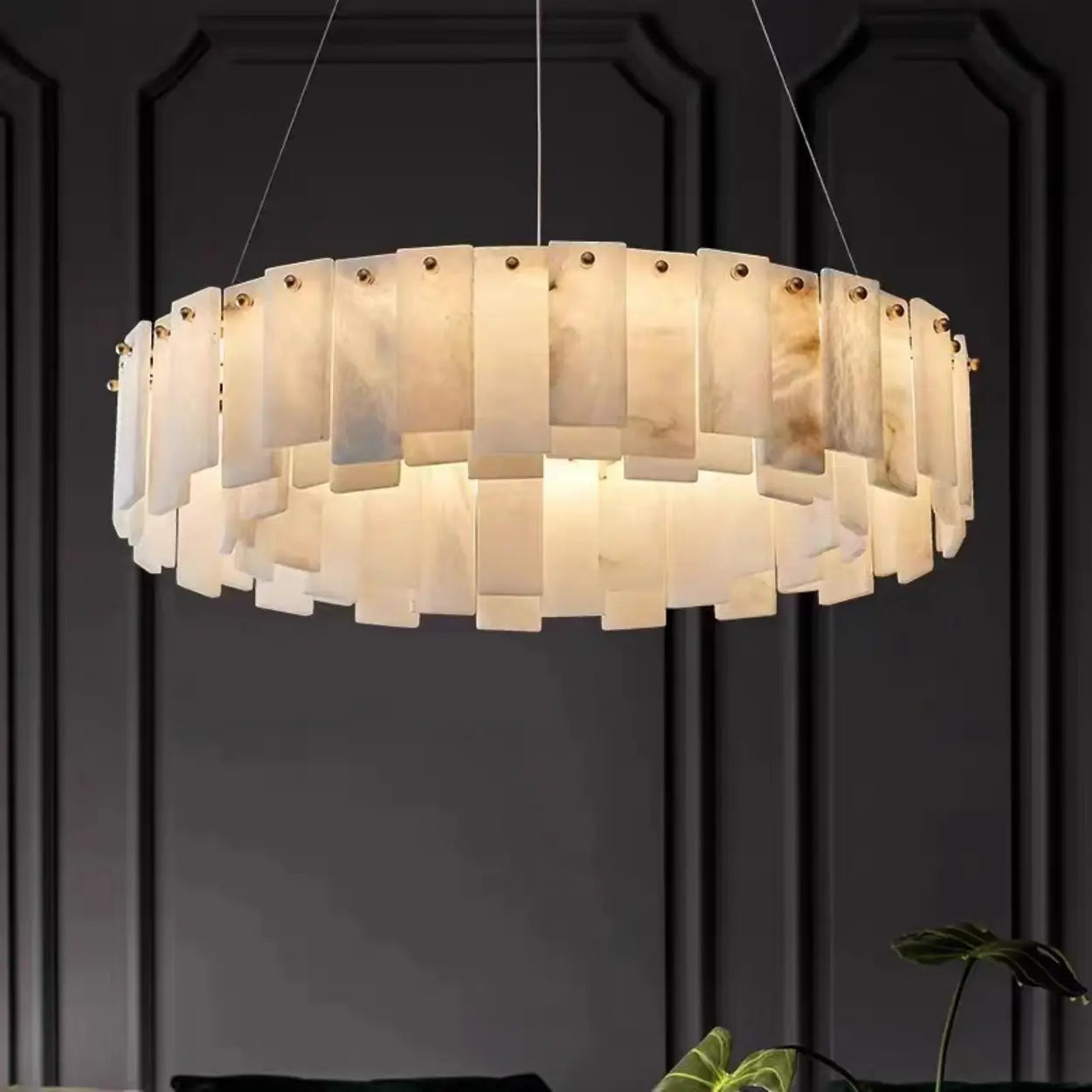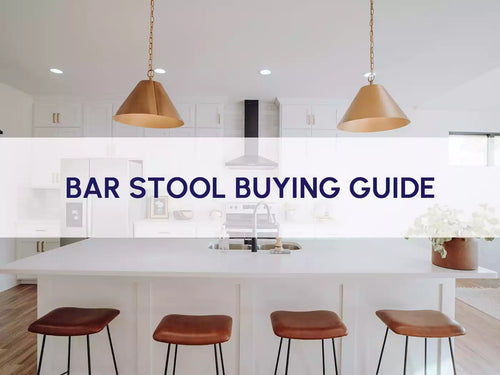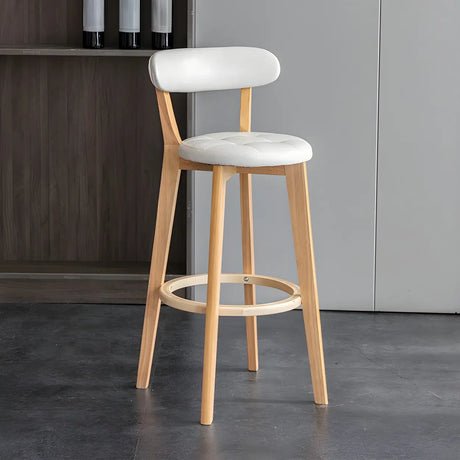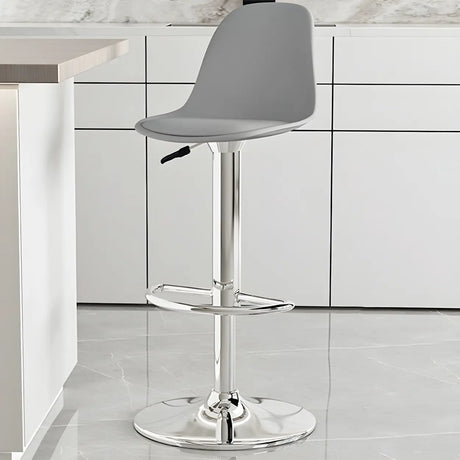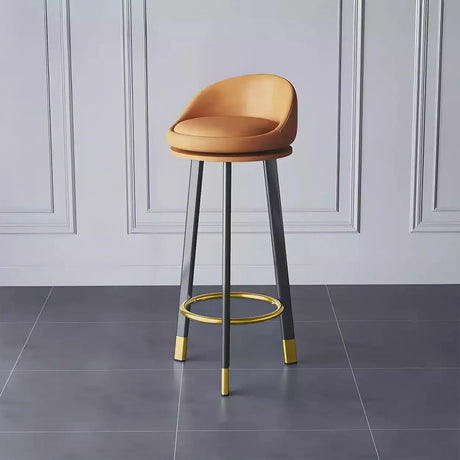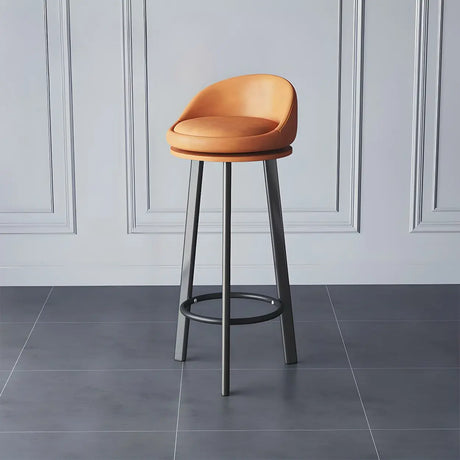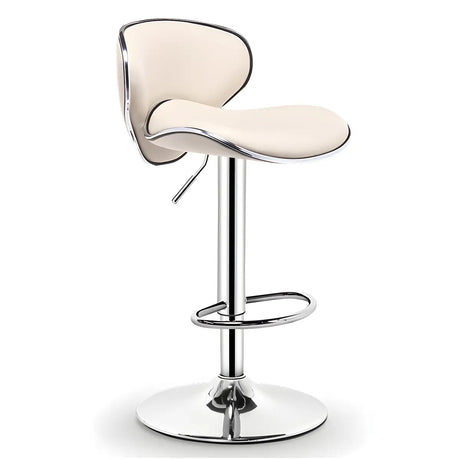When choosing a bar stool, people often face a decision: Swivel vs Stationary Bar Stools. This choice affects how you use your space, who can sit comfortably, and how much you'll spend. We'll help you find the perfect fit for your home.
1. What Are Swivel Bar Stools?
Swivel bar stools feature seats that rotate freely, allowing a person to change direction without having to stand up. This rotation is made possible by a bearing mechanism installed in the stool's base.
Many swivel models also feature adjustable height, allowing users to customize the stool's height as needed. Additionally, some high-end models come equipped with an auto-return function. The seat goes back to a forward-facing position when not in use.

2. What Are Stationary Bar Stools?
As the name suggests, stationary bar stools remain in a fixed position, as they do not rotate or spin. These stools feature simple, sturdy construction and provide excellent stability. Thus, there's no risk of unexpected movement when sitting down or getting up.

3. Swivel vs. Stationary Bar Stools: What's the Difference?
There are the main differences between swivel and stationary bar stools.
Movement and flexibility
Swivel bar stools are designed for dynamic movement. They allow for a full 360-degree rotation. So you can turn from one conversation to another.
Stationary bar stools, by contrast, are completely fixed. To change direction, a user must physically move the entire stool or twist their body.
Verdict: For households that value social interaction, adaptability, and convenience, swivel stools are the superior choice for flexibility.
Stability and safety
Stationary bar stools offer the highest level of stability. Because they have no moving parts, their simple and sturdy design provides a completely solid and secure seat. This makes them an ideal choice for ensuring safety, especially in homes with young children or elderly individuals.
The moving parts on swivel stools can introduce potential safety concerns. While generally safe, the spinning motion can lead to a loss of balance or dizziness, particularly for kids or seniors.
Verdict: When safety and maximum stability are the top priorities, stationary stools are the undisputed winner.

Space requirements and placement
Stationary bar stools are the perfect solution for smaller areas. Their fixed design means they have a smaller footprint and can be tucked neatly under a counter without needing extra room. This makes them highly space-efficient and ideal for narrower kitchens or commercial bars where every inch counts.
Swivel bar stools require more space to be used effectively. To allow for a full rotation, you must leave at least 6 inches of clearance between the back of the stool and a wall or counter. This larger operational footprint means they are better suited for more open and spacious environments.
Verdict: For fitting into tight quarters or maximizing seating in a limited area, stationary stools are the more practical and space-efficient option.
Cost and maintenance
From a budget perspective, stationary bar stools are more economical. They are typically 20-40% cheaper than swivel models of comparable quality. They are also virtually maintenance-free, only requiring occasional cleaning to keep them in great condition.
Swivel bar stools represent a larger initial investment and require more long-term care. Their complex mechanisms, including bearings and gas lifts, add to the cost. To ensure smooth and quiet operation, these moving parts should be checked periodically and may require oiling, tightening, or eventual replacement.
Verdict: For the best value and lowest maintenance, stationary stools are the more cost-effective and convenient choice.
4. Final Thoughts
Your final swivel vs. stationary bar stools choice depends on your primary use case.
Swivel bar stools are well-suited for open-concept kitchens and social spaces. These stools help you easily interact with family and friends. If you frequently host guests, the swivel function is particularly useful.
However, if safety is your priority, especially in homes with children or elderly members, we recommend stationary bar stools. Because their stability makes them safer. Stationary designs are also better suited for smaller spaces.
Finally, from a financial perspective, stationary stools are more affordable and require less maintenance over their lifetime.
FAQ
Are swivel bar stools better than fixed bar stool?
Are swivel bar stools better than fixed bar stool?
Neither is inherently "better"; it depends on your priorities. Swivel stools offer convenience and social ease, while stationary stools provide superior stability and are more budget-friendly.
Do swivel bar stools wear out faster?
Do swivel bar stools wear out faster?
Yes, due to their moving parts, swivel mechanisms can loosen or wear out over time, especially with heavy use. Stationary stools, with their simpler construction, often have a longer lifespan.
How much space do swivel stools need?
How much space do swivel stools need?
For comfortable seating, plan for about 28 to 30 inches between the centers of each stool. For swivel models specifically, you also need at least 6 inches of clearance behind the stool to rotate fully without hitting a counter or wall.
Are swivel stools safe for children or seniors?
Are swivel stools safe for children or seniors?
They can be a concern. The sudden spinning motion may lead to falls or dizziness for children or older adults. Stationary stools are often the safer choice for them.
Do swivel stools damage wood floors?
Do swivel stools damage wood floors?
They can if the base is made of a hard material. To prevent scratches on hardwood or other delicate flooring, apply felt pads to the base of the stool or place it on a rug.

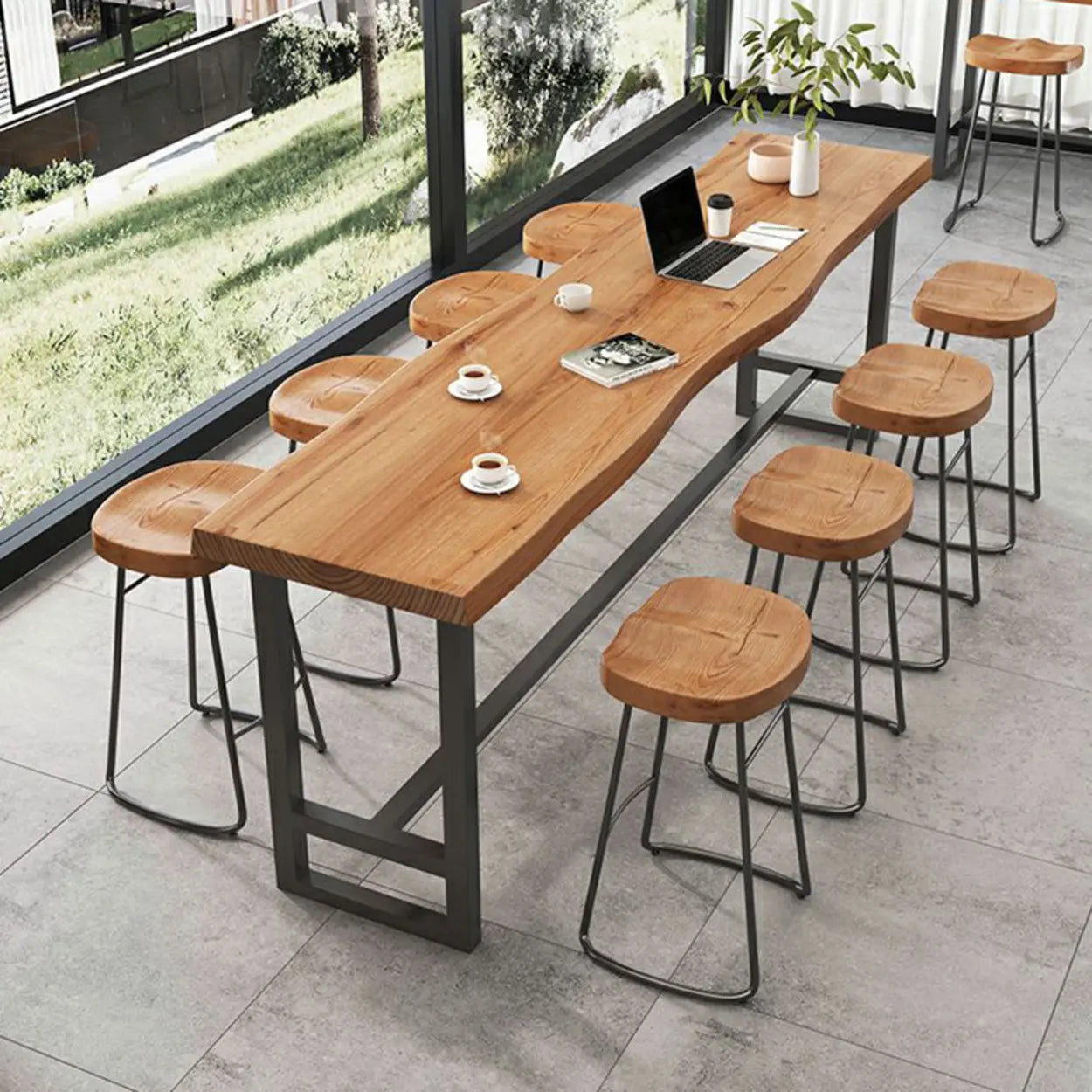
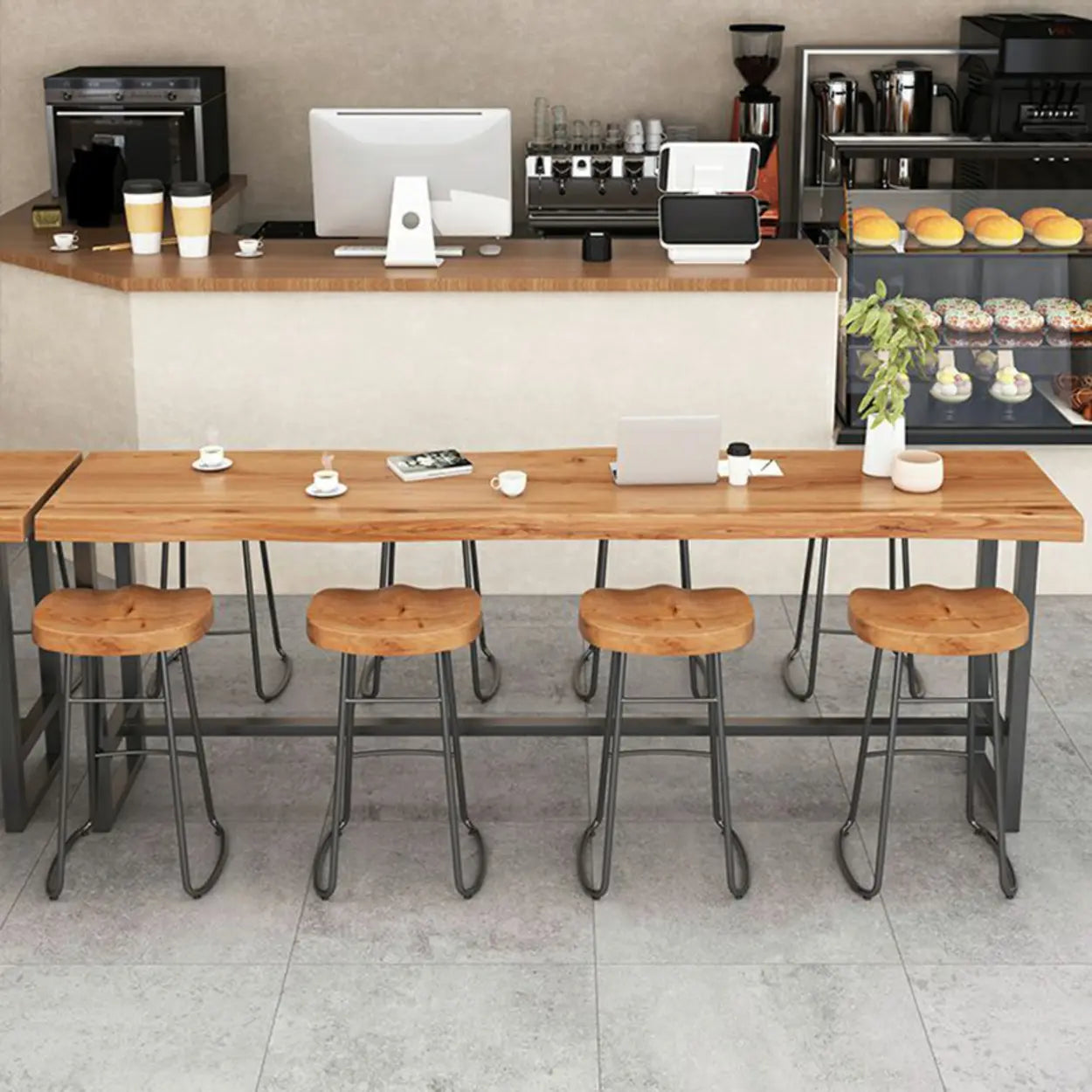
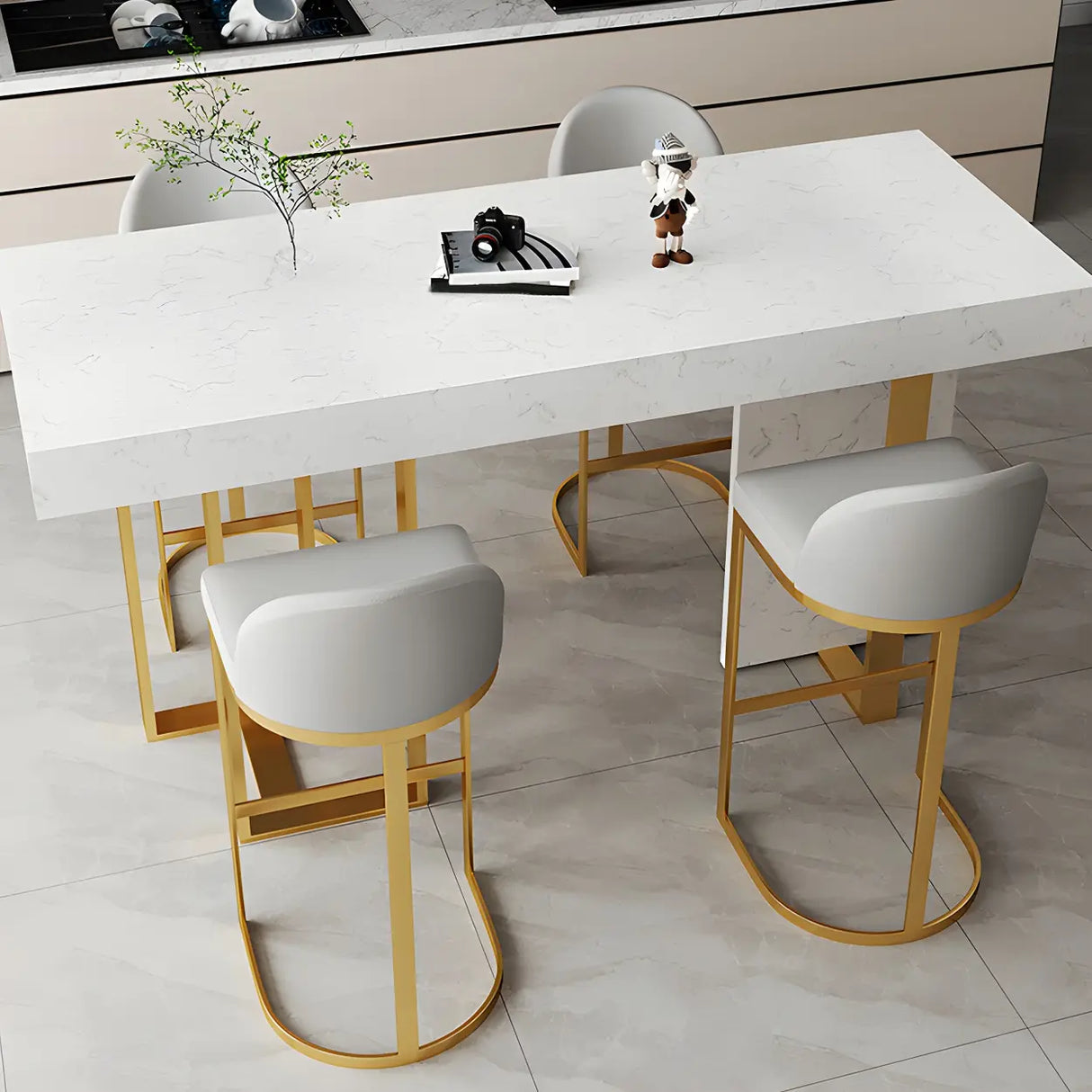
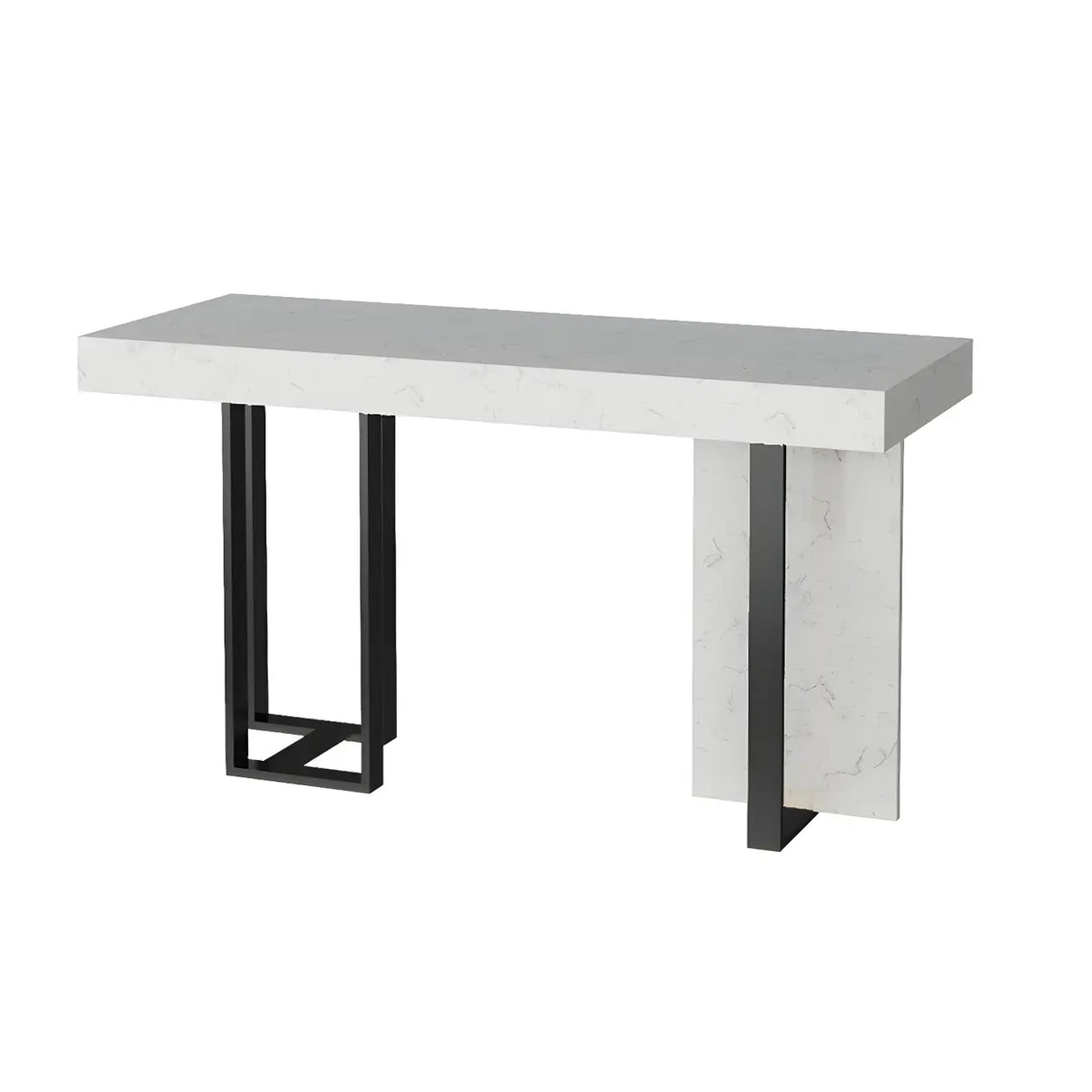
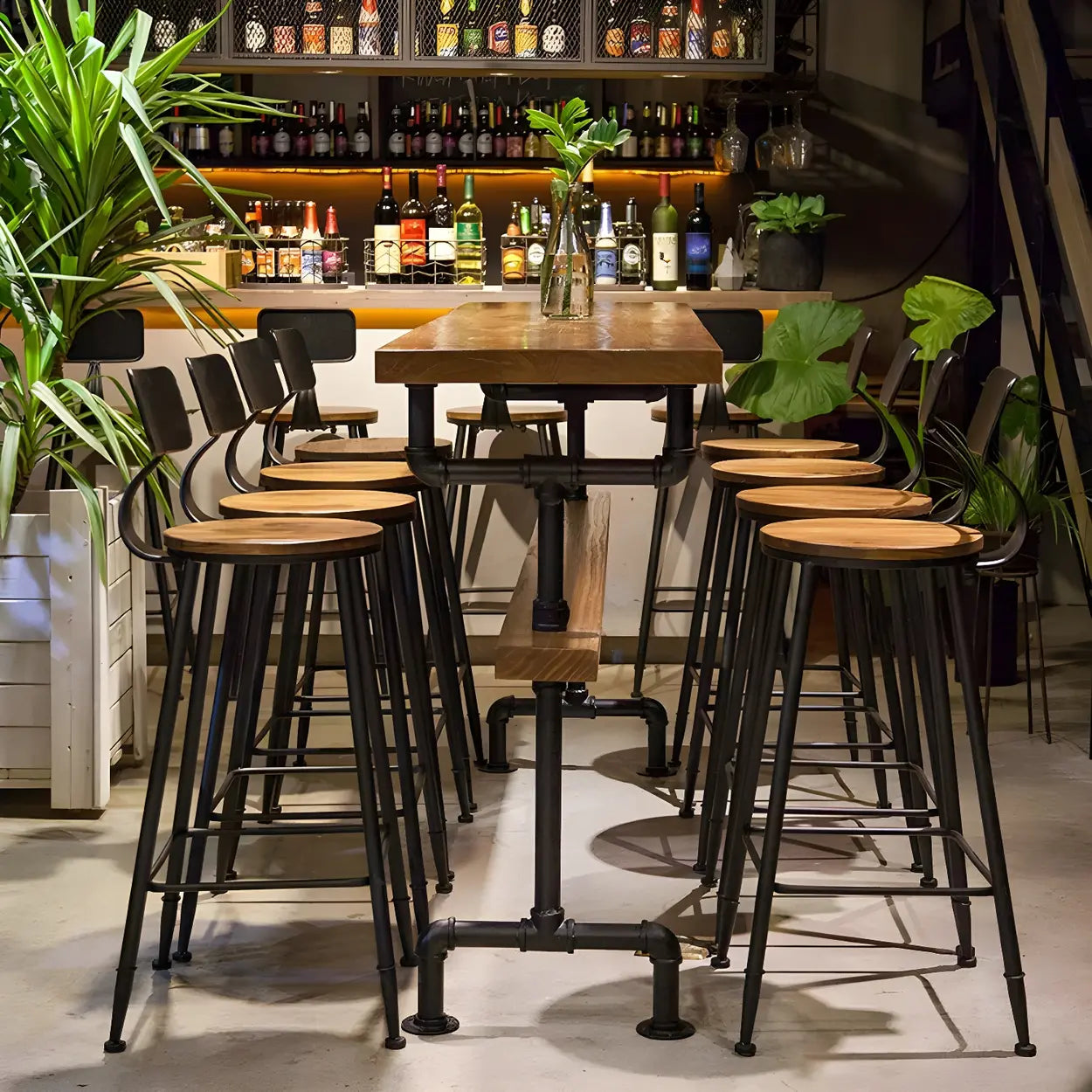

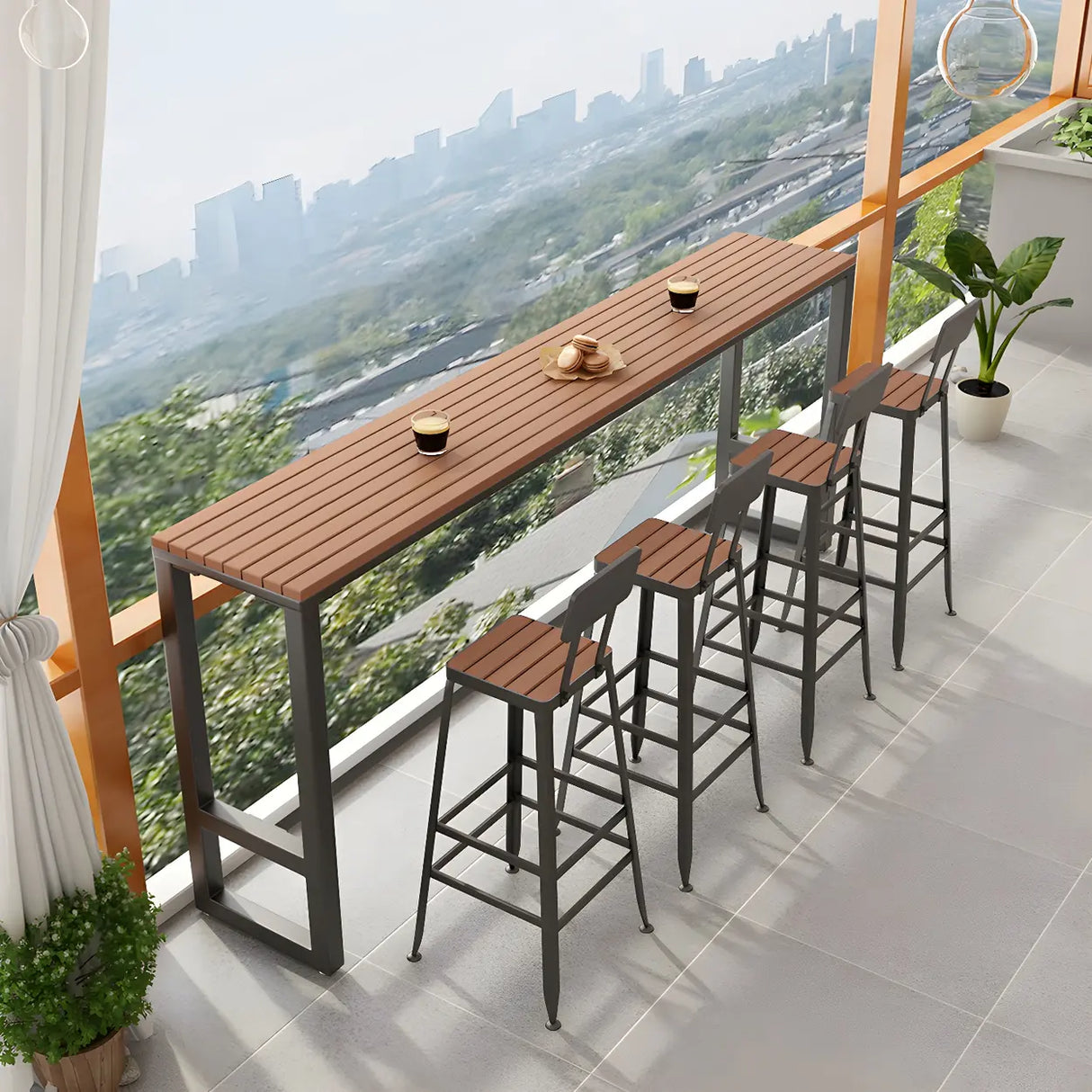
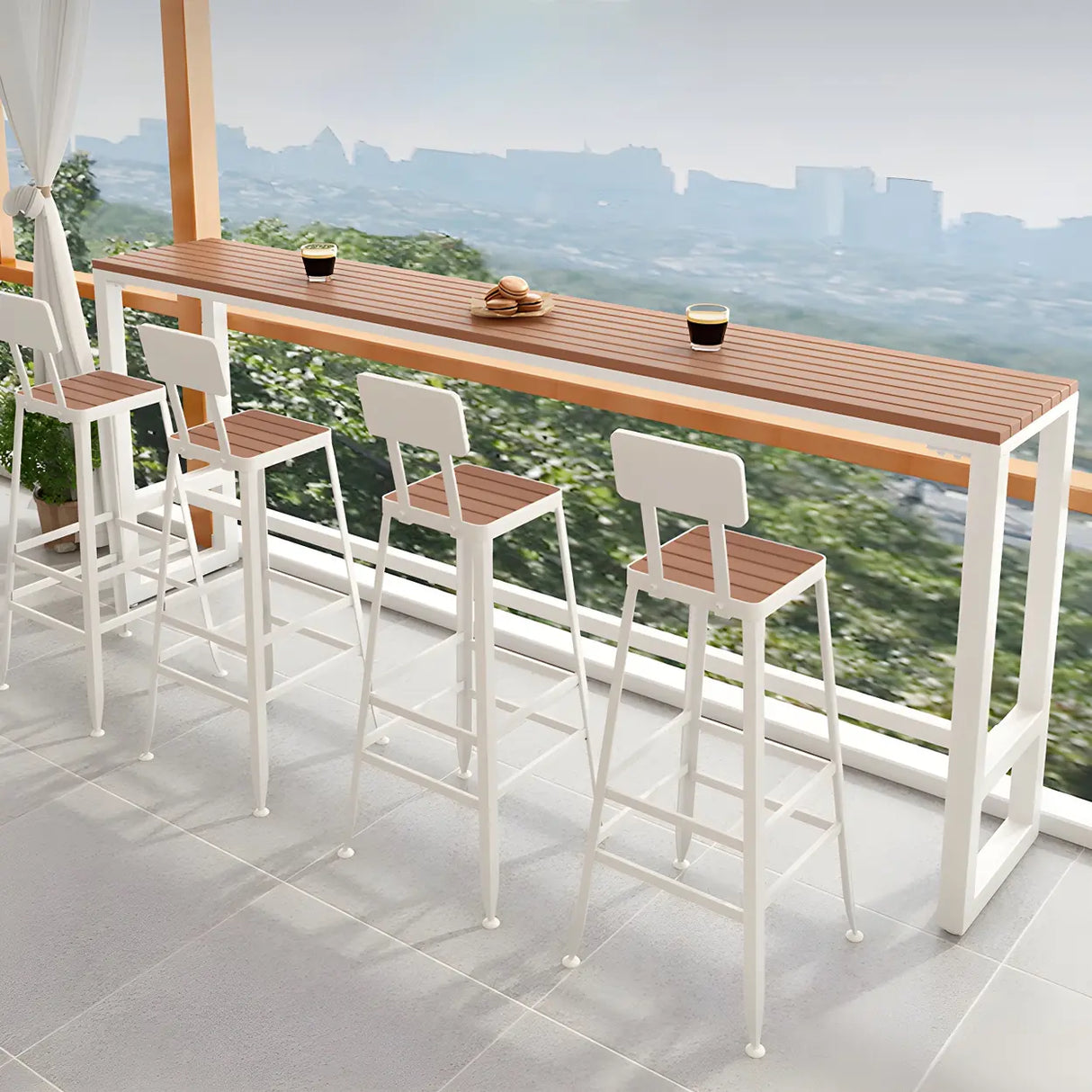



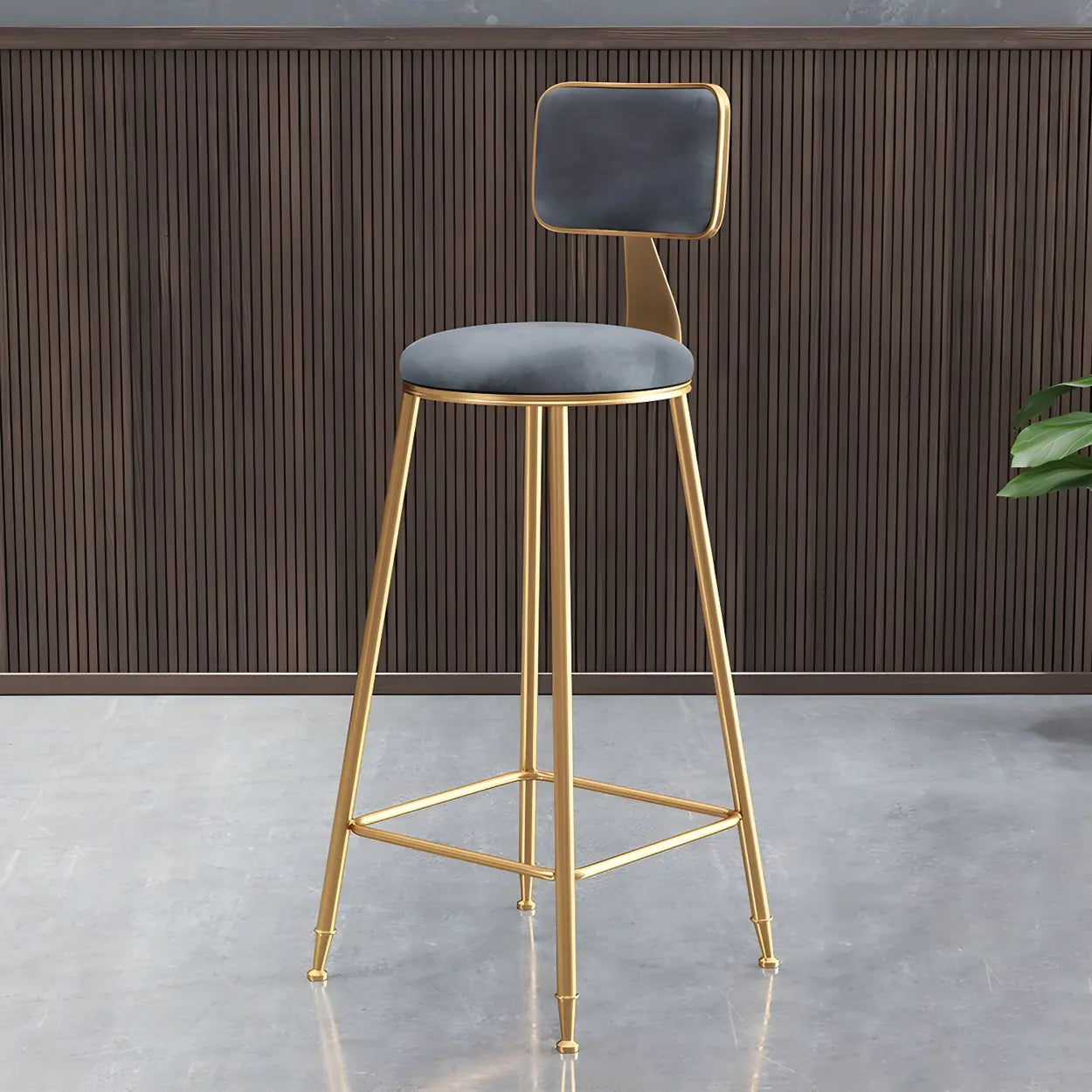
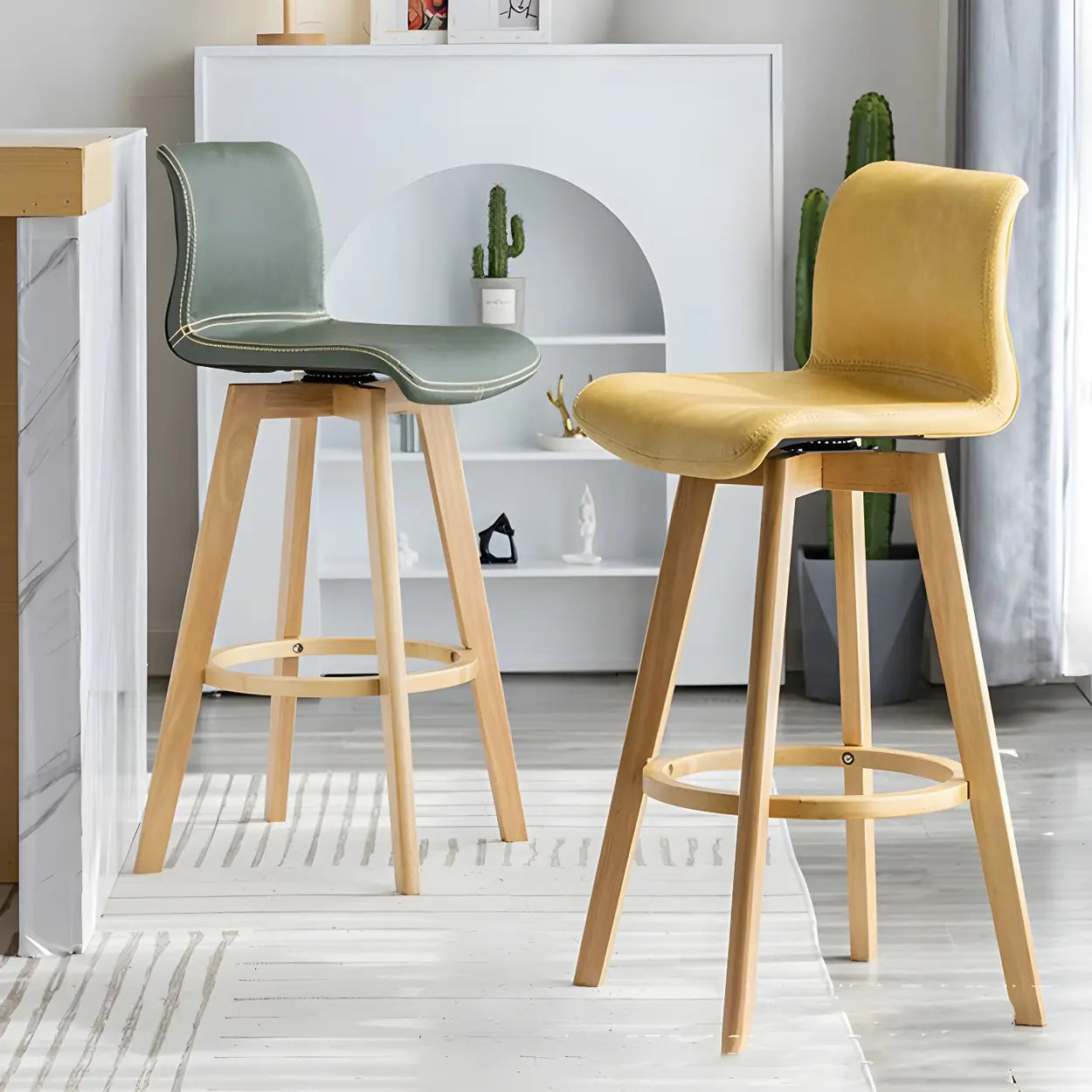
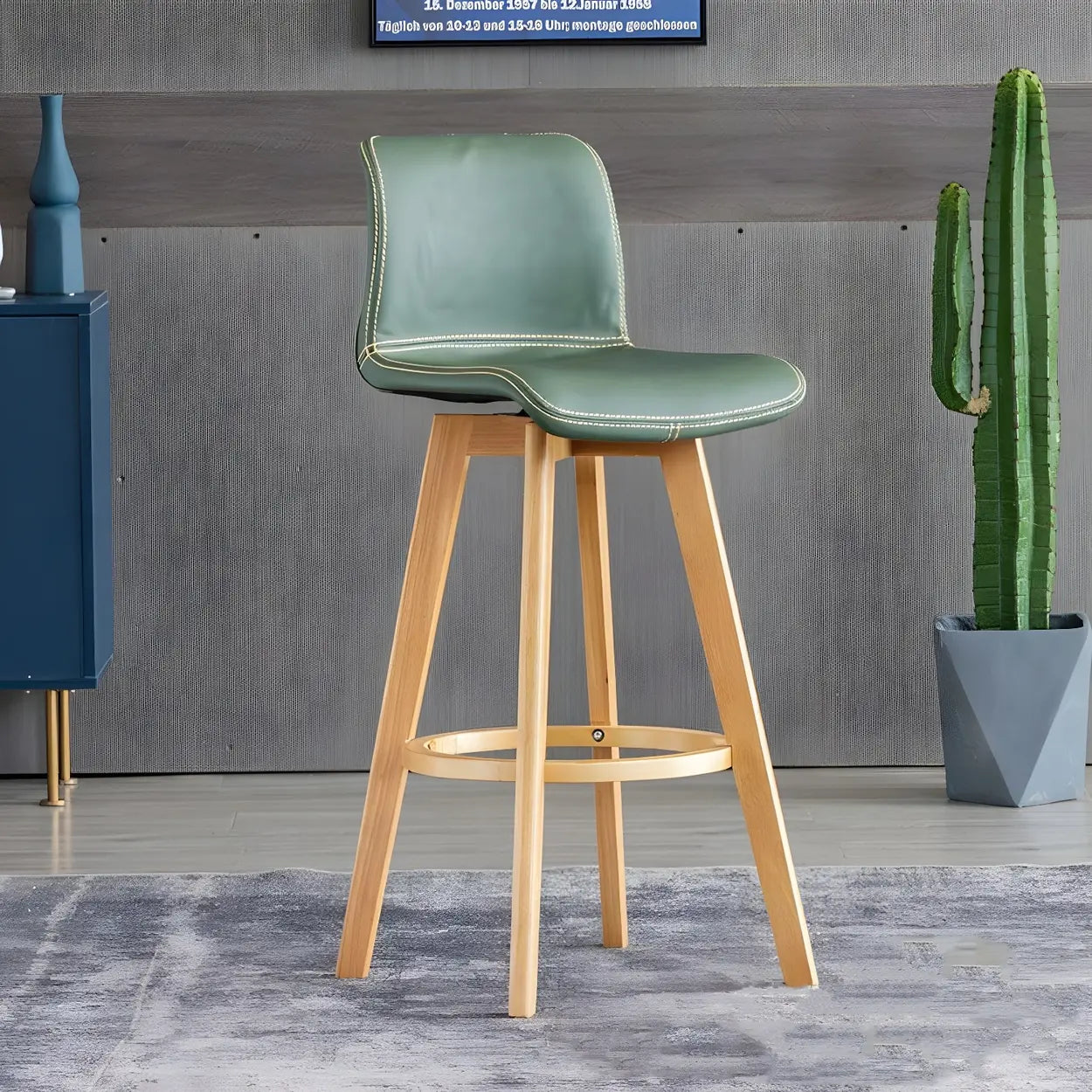



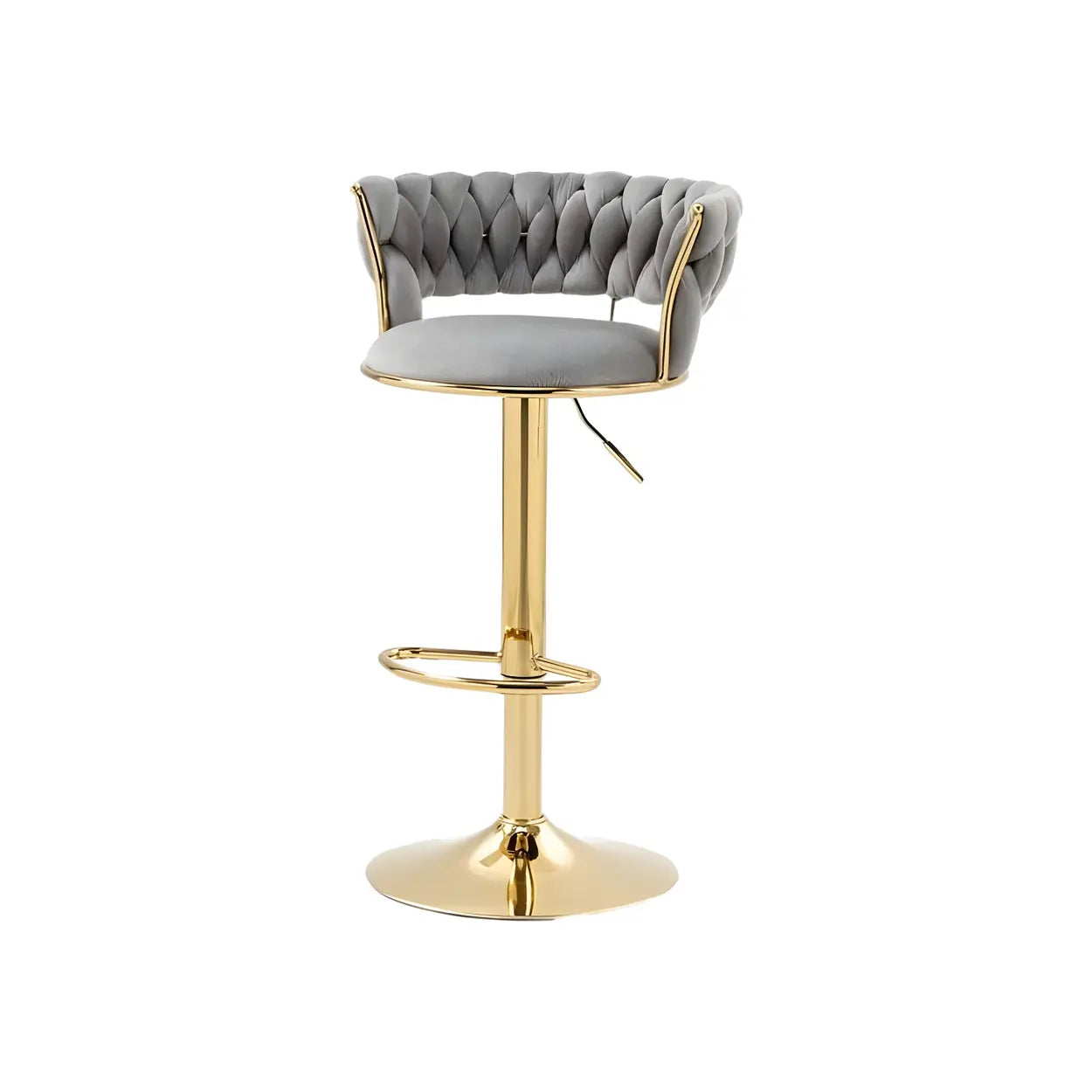
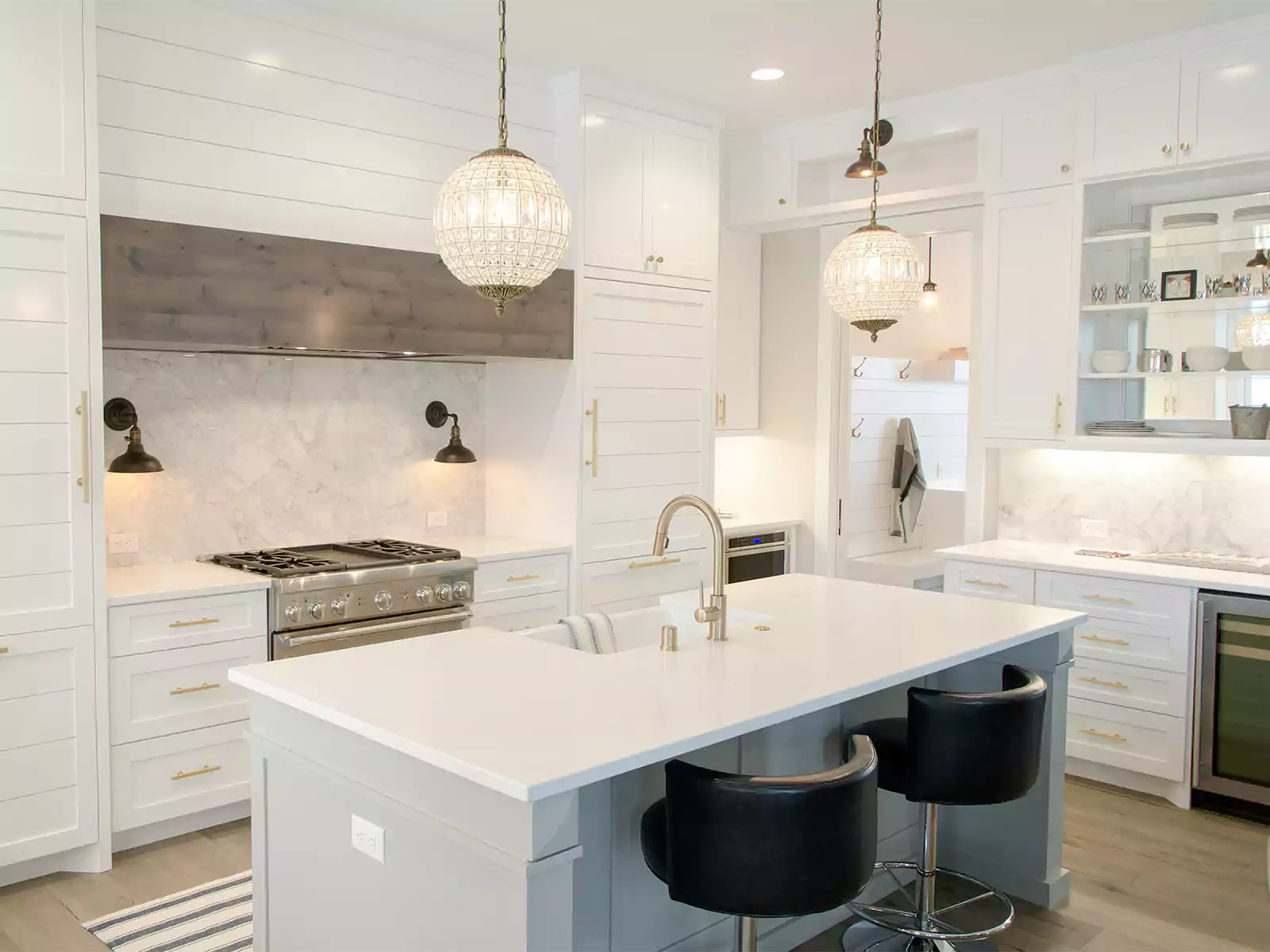
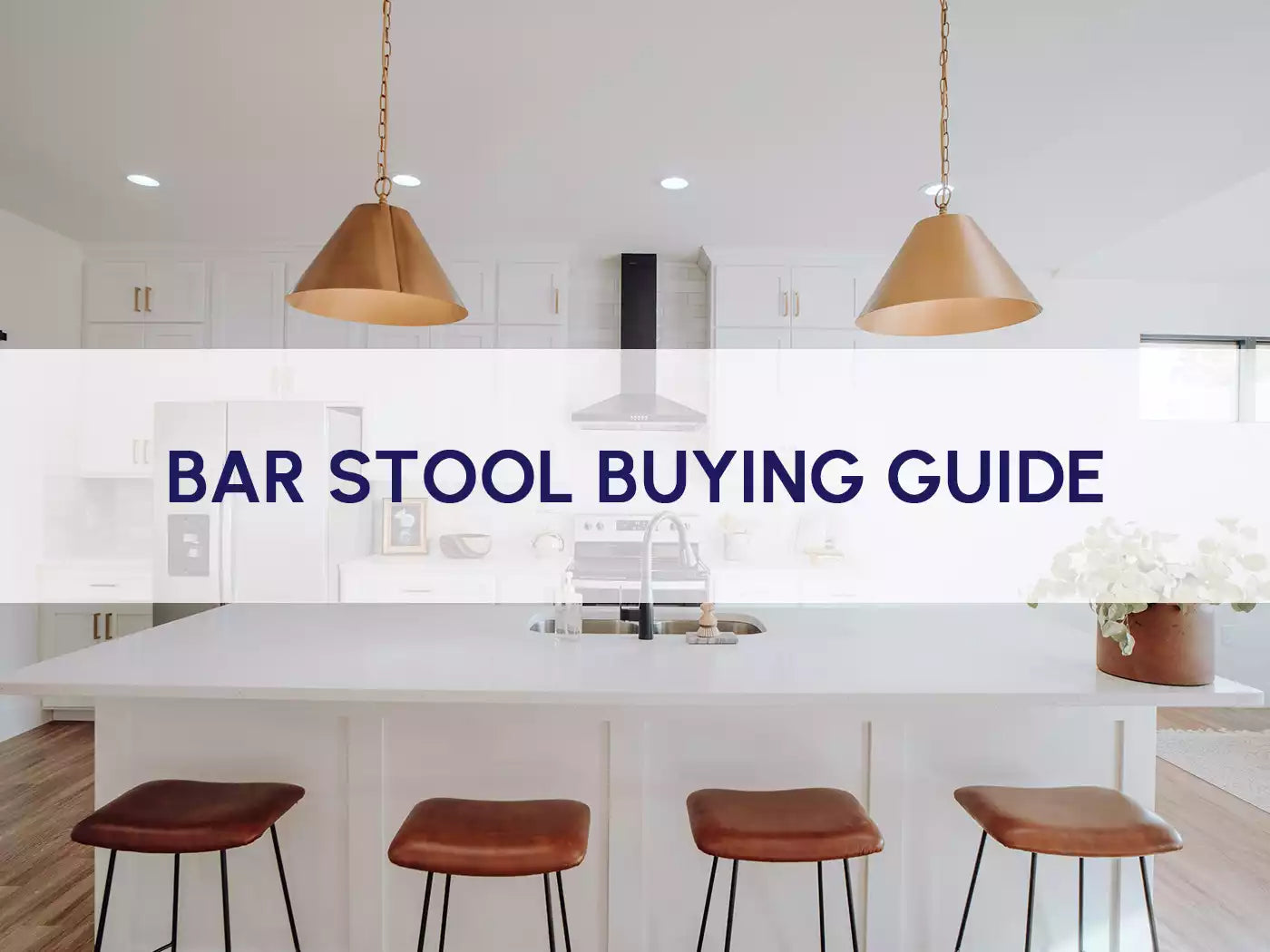


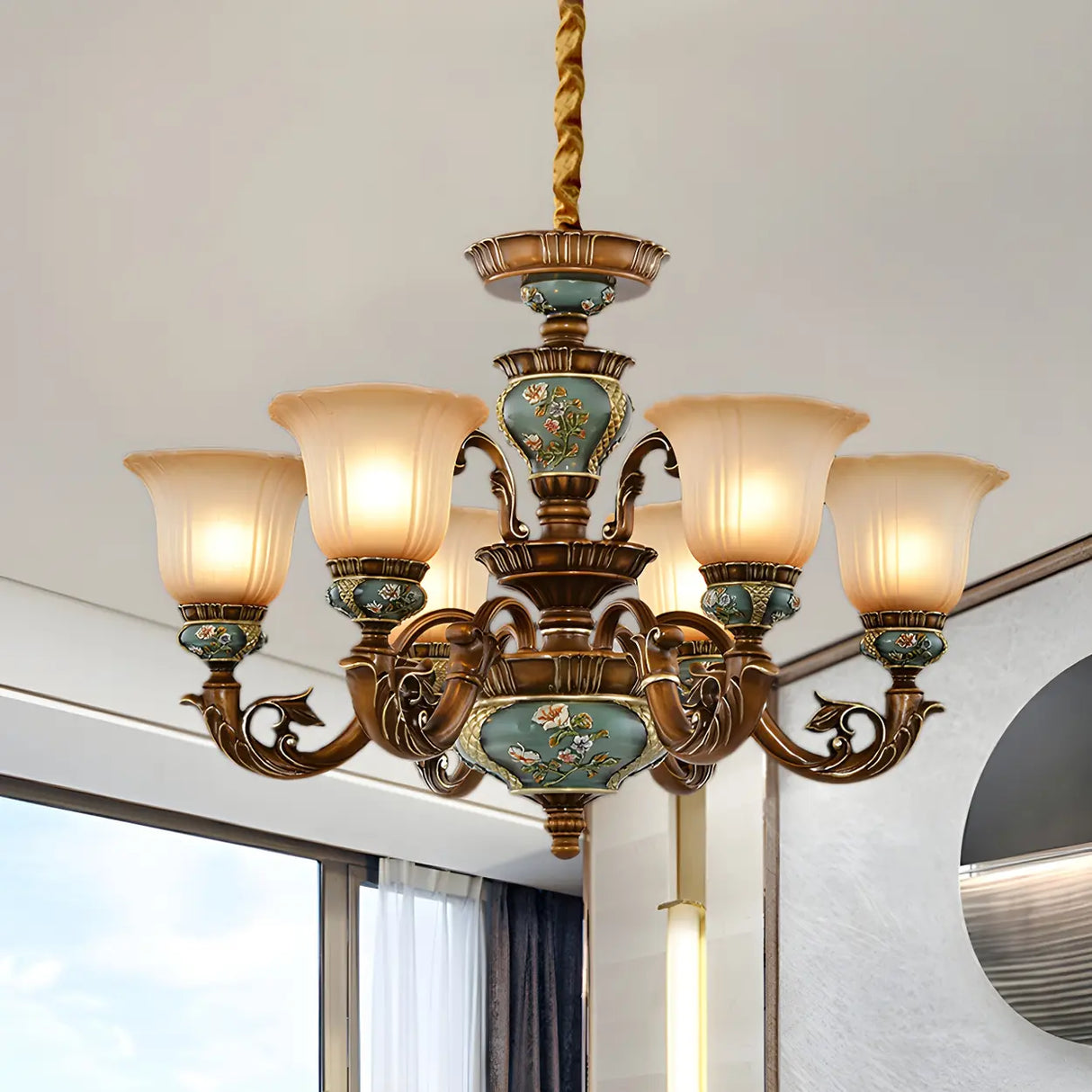
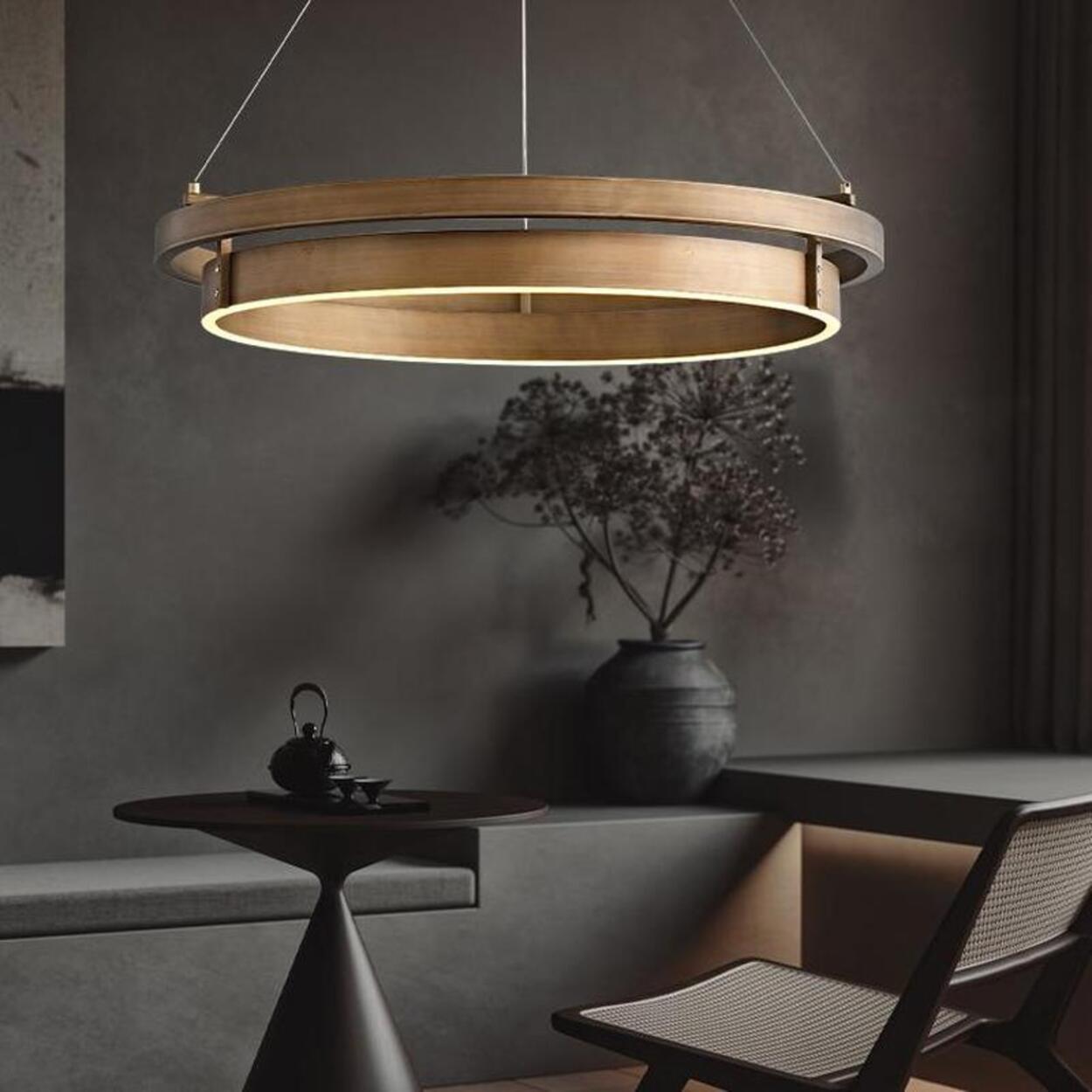
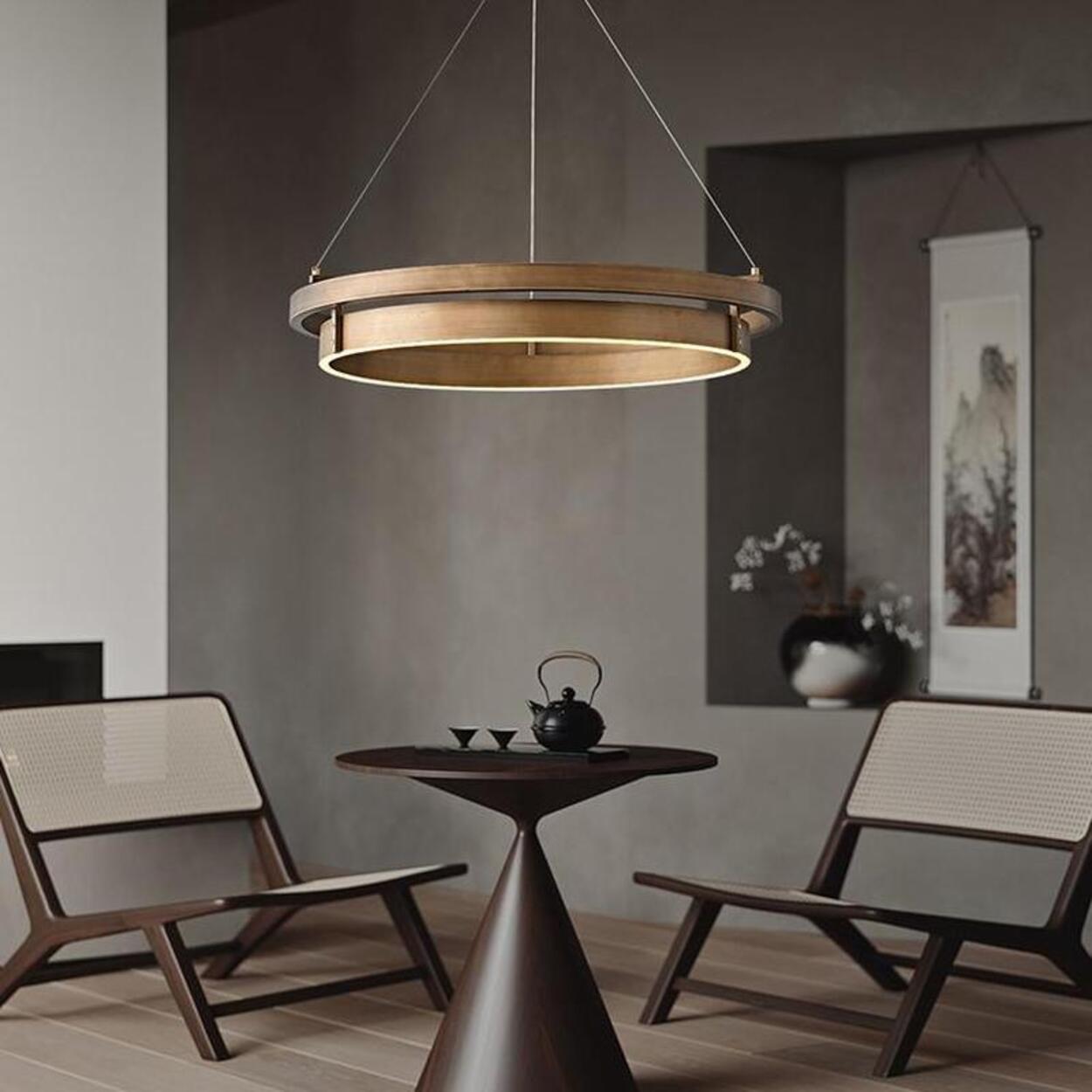
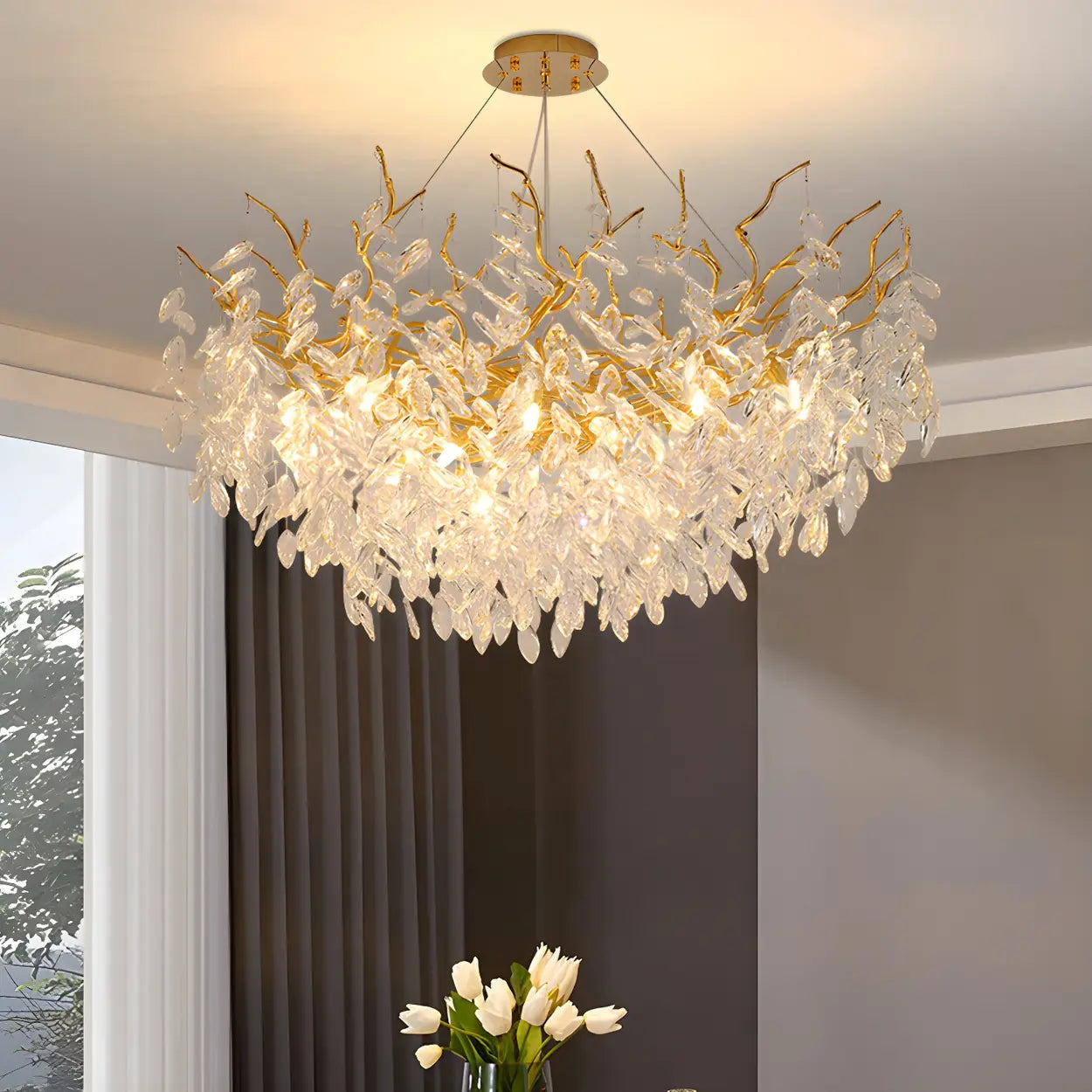
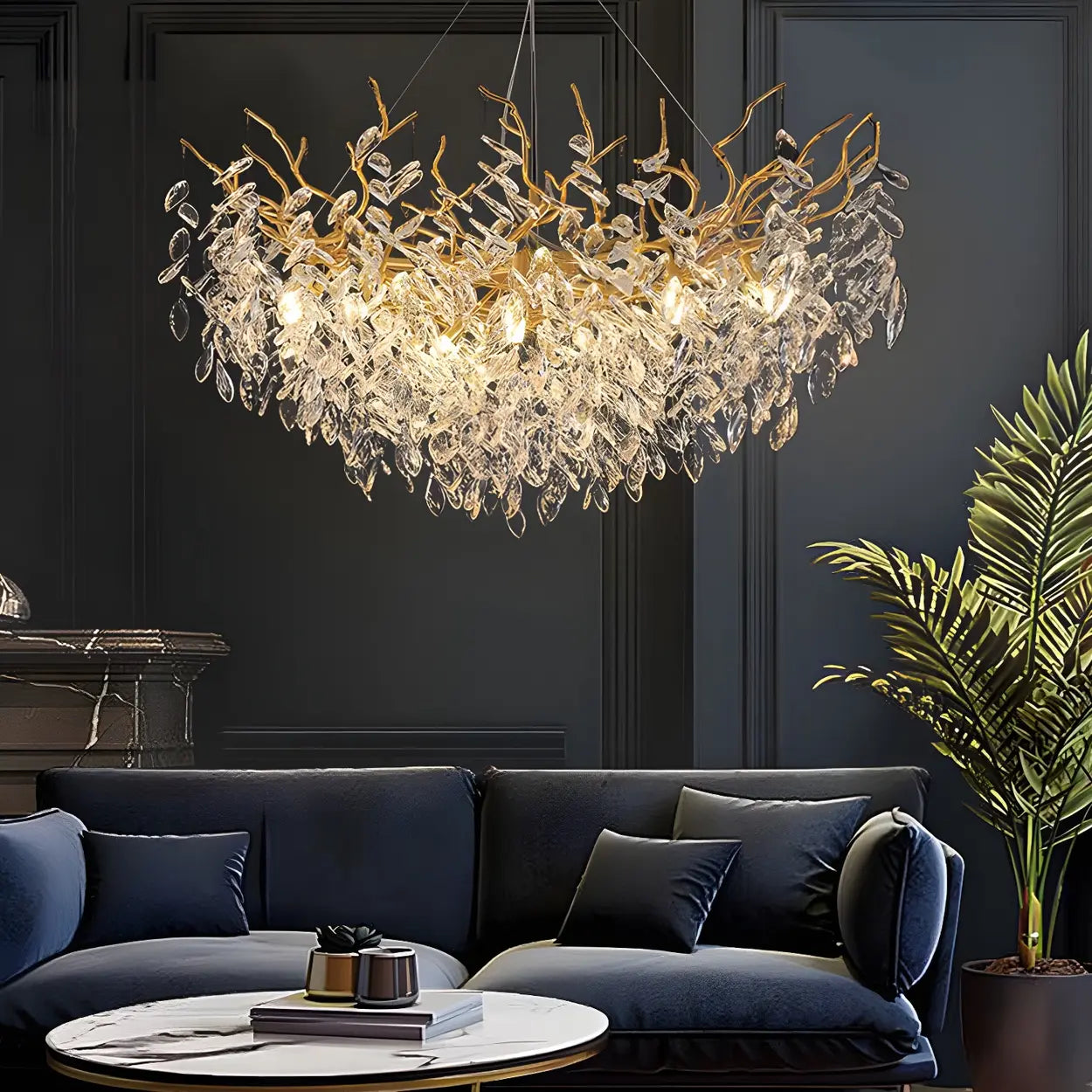
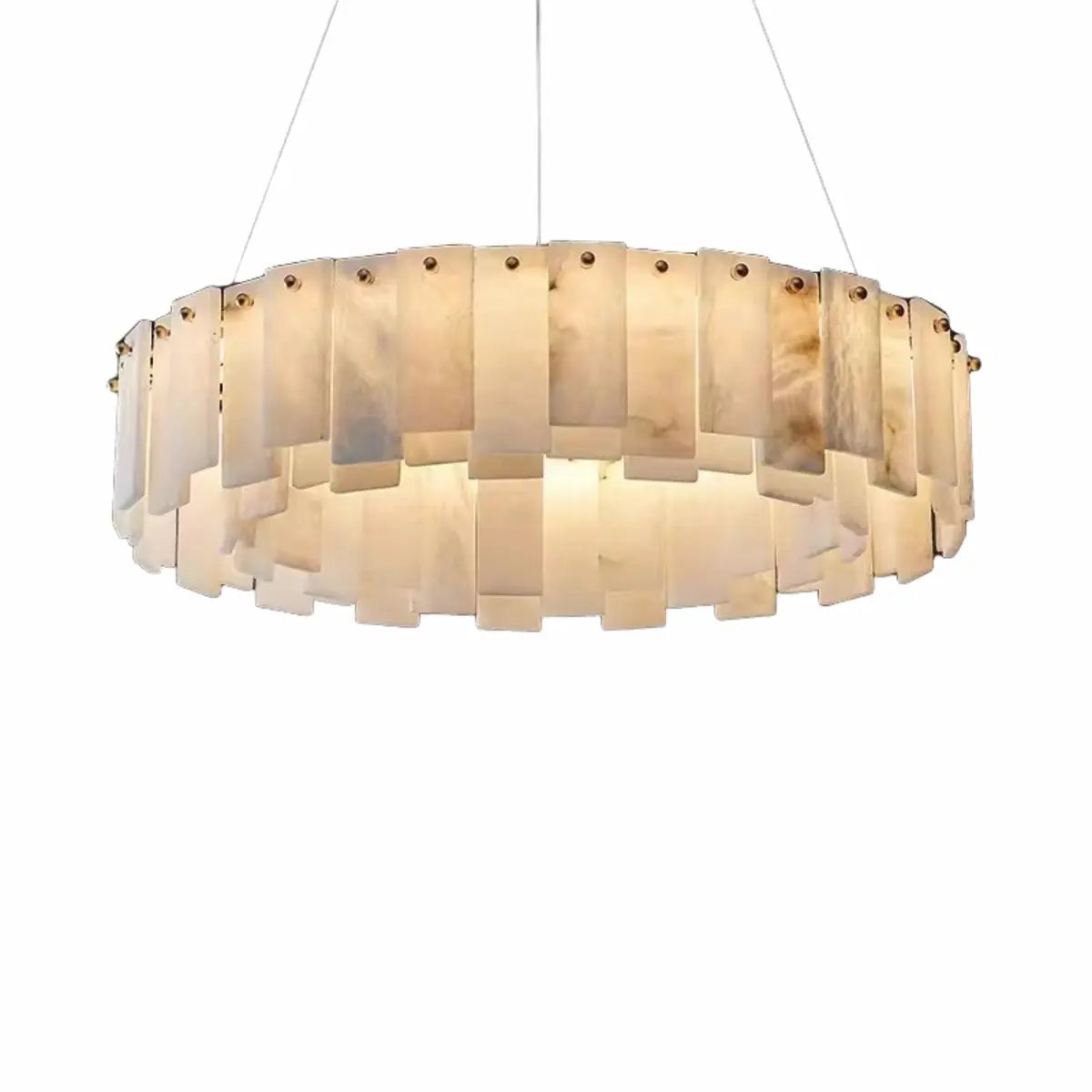

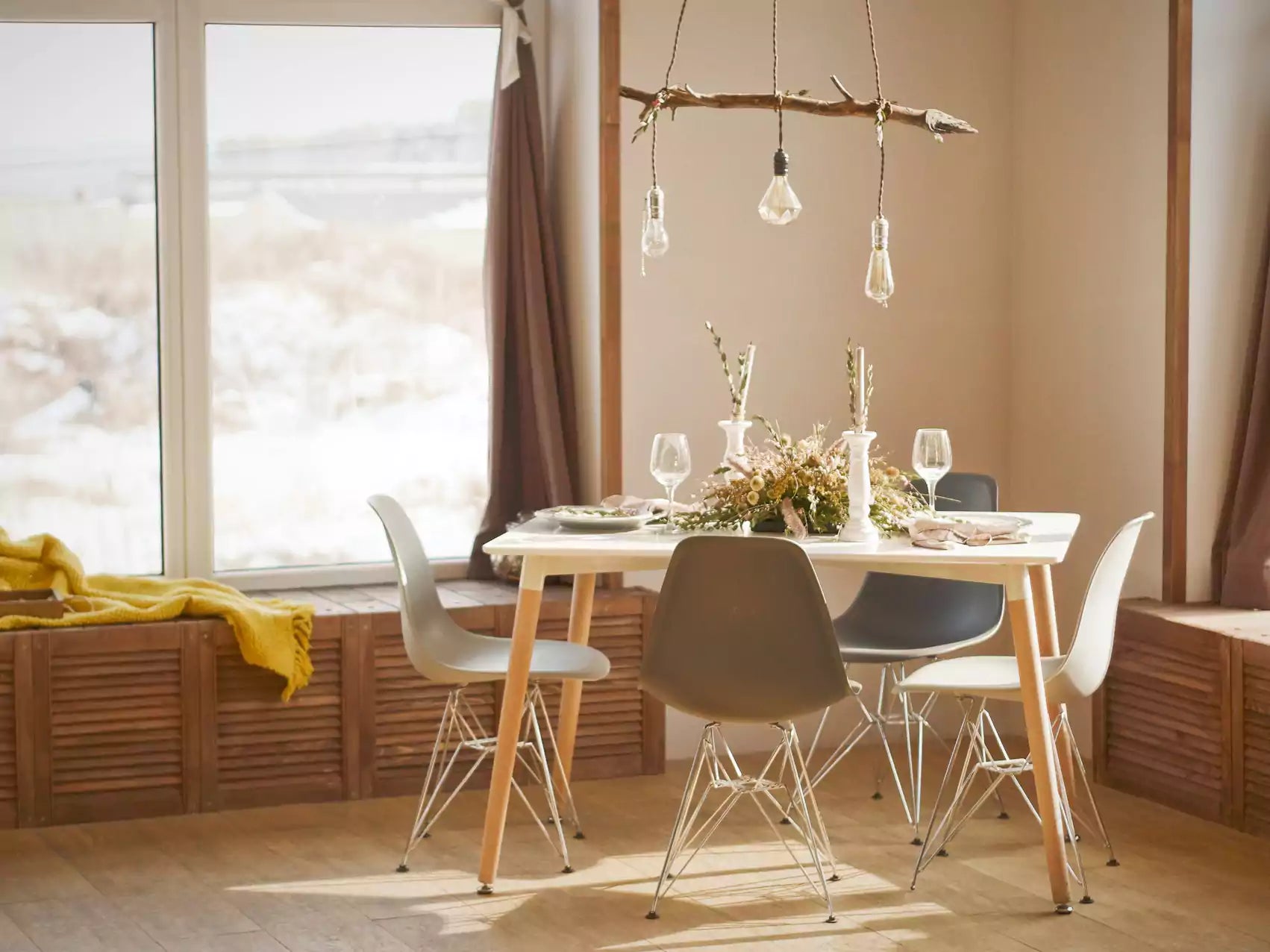
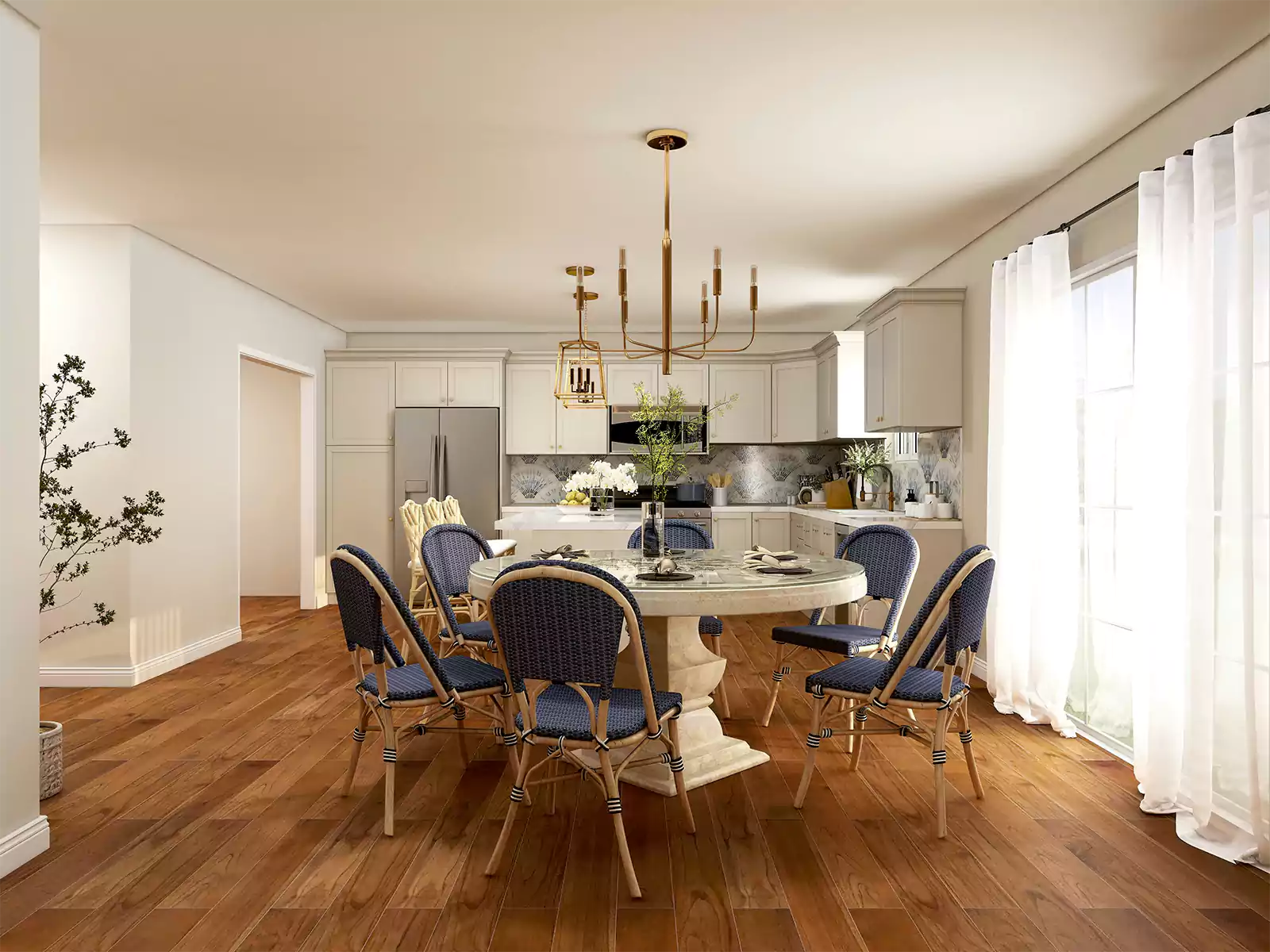
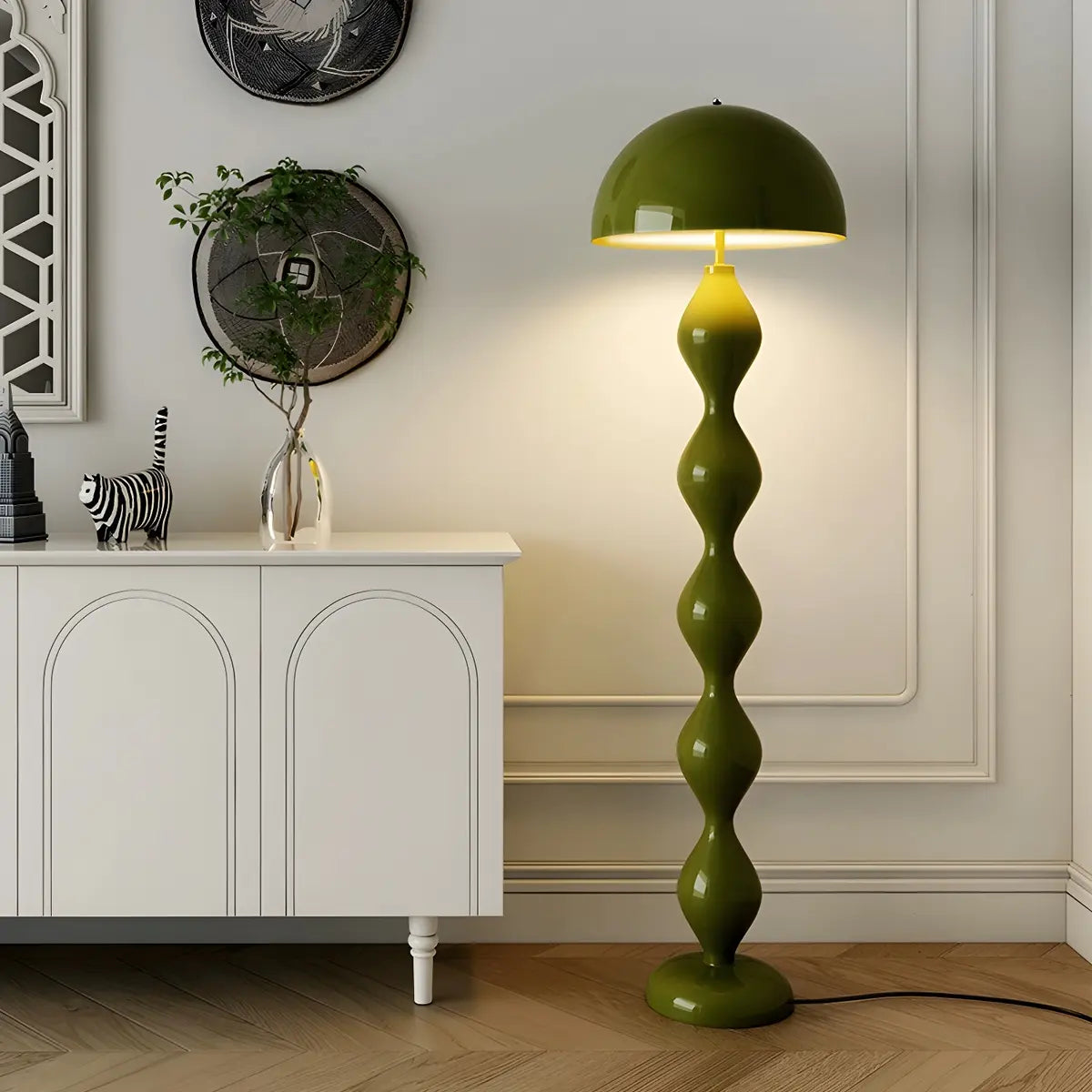
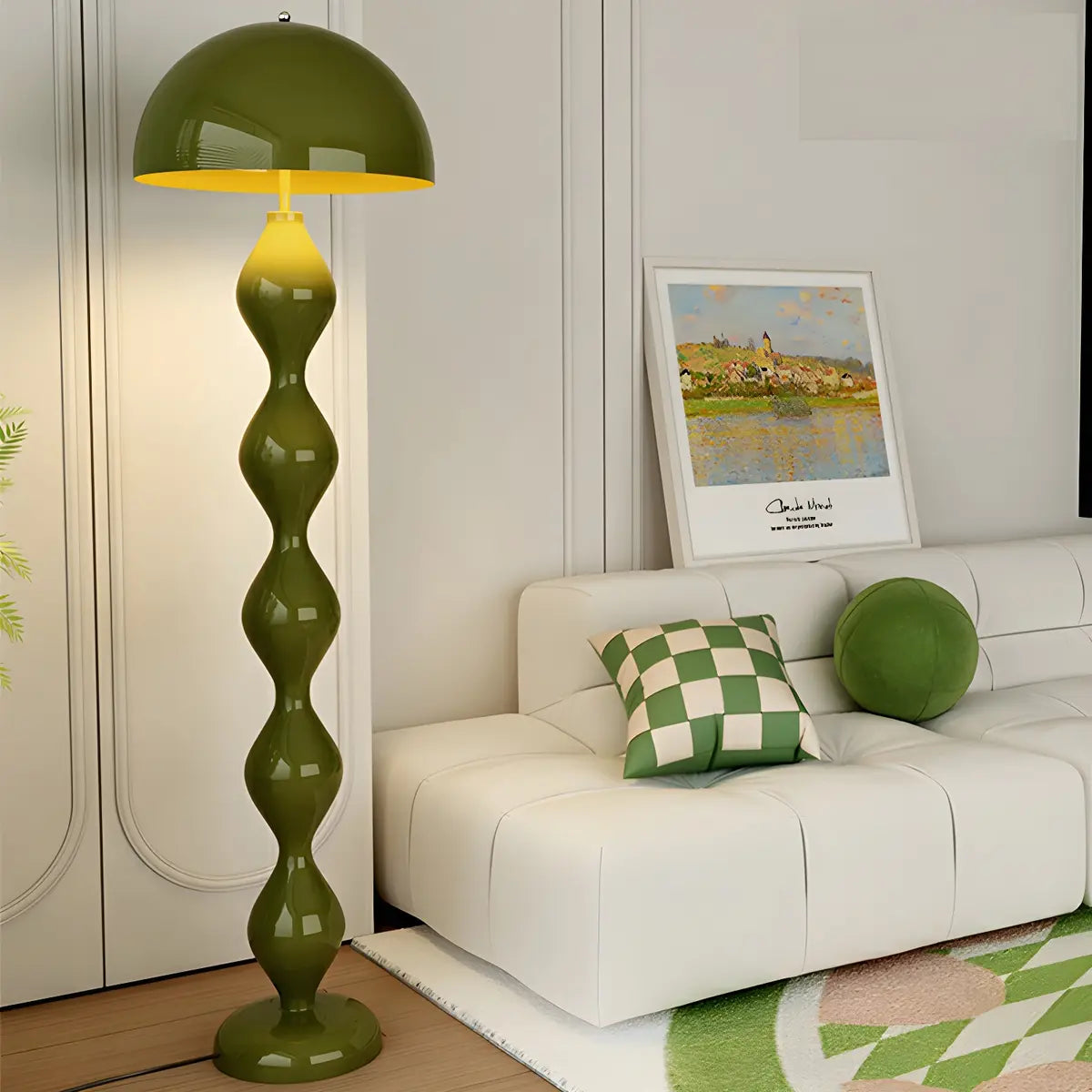
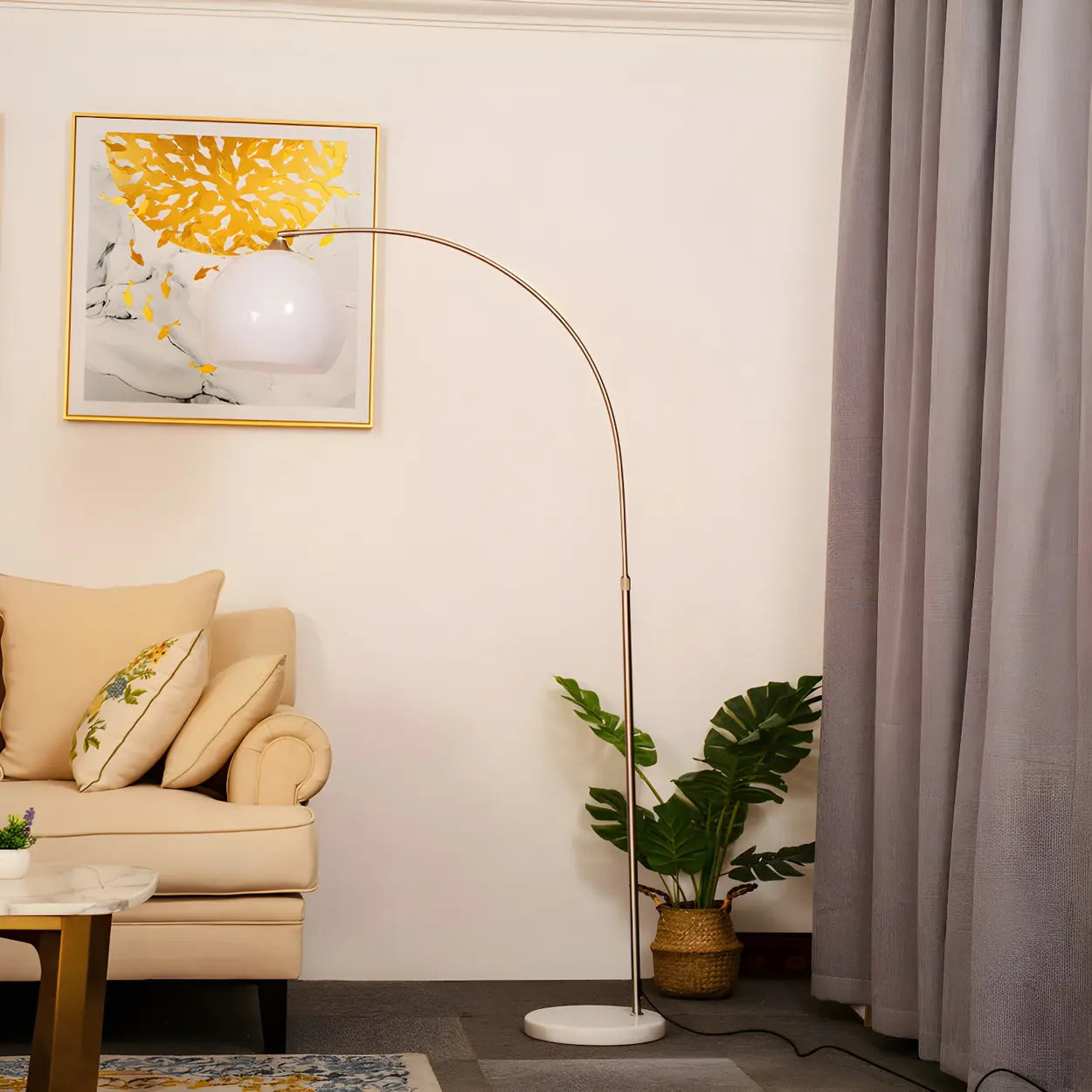
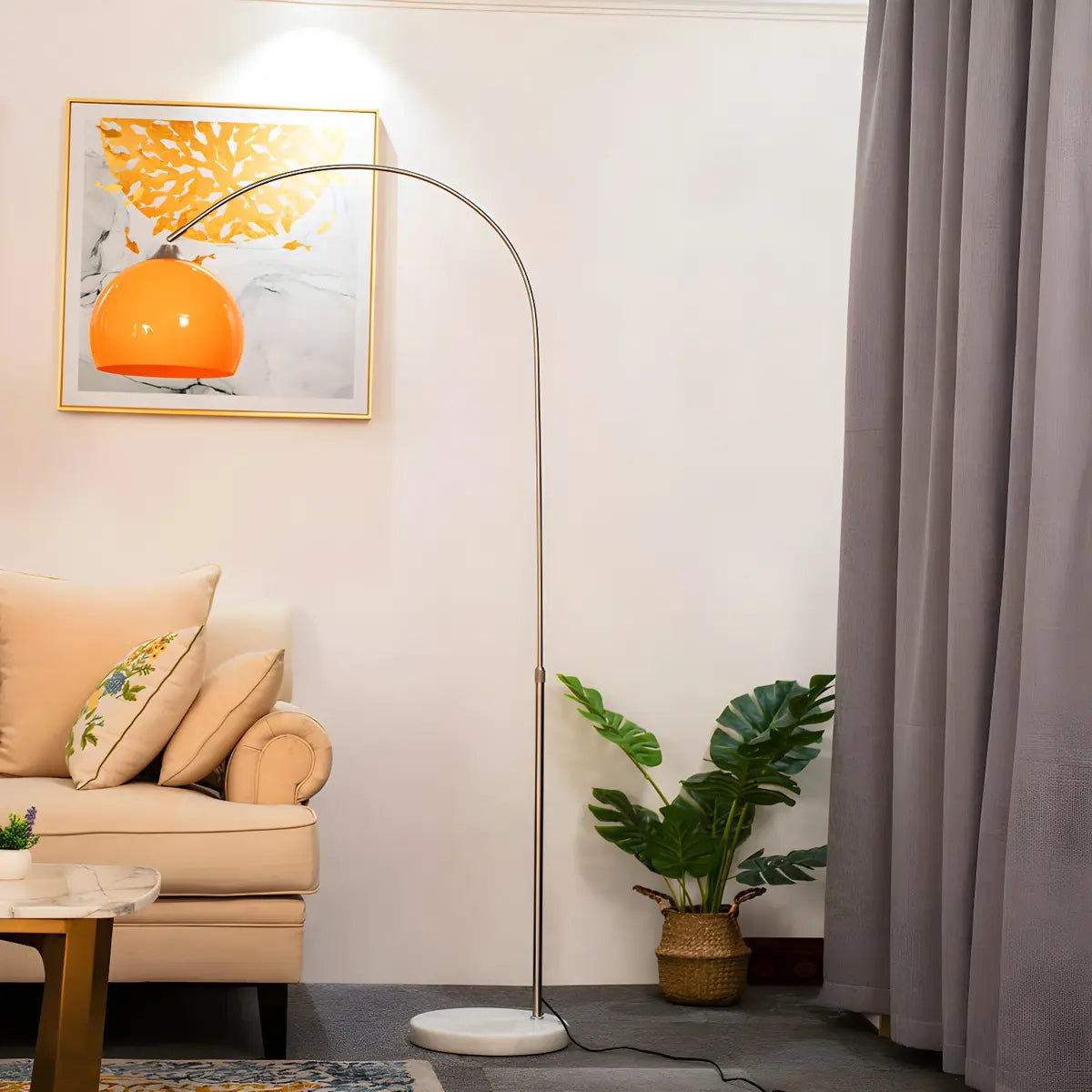
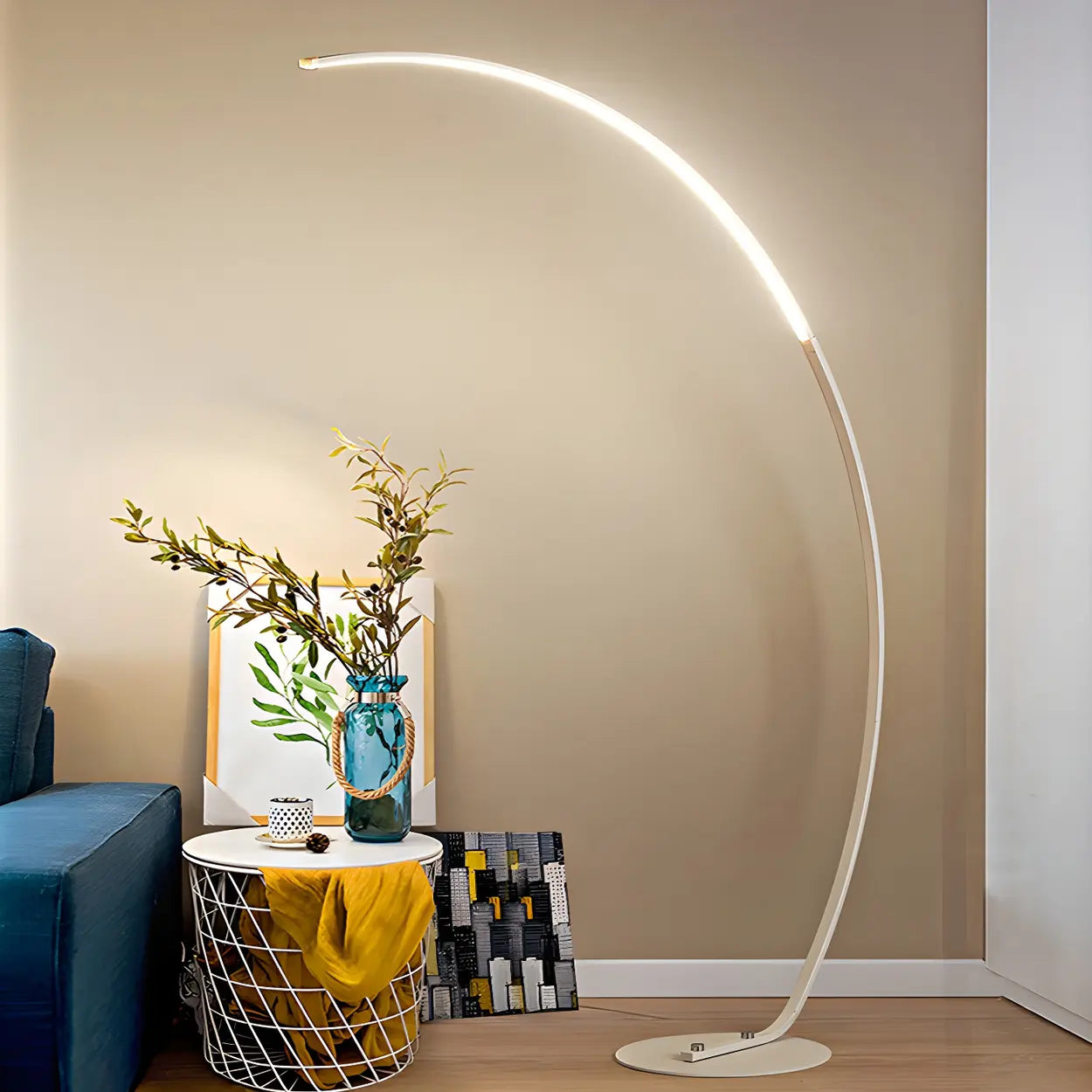

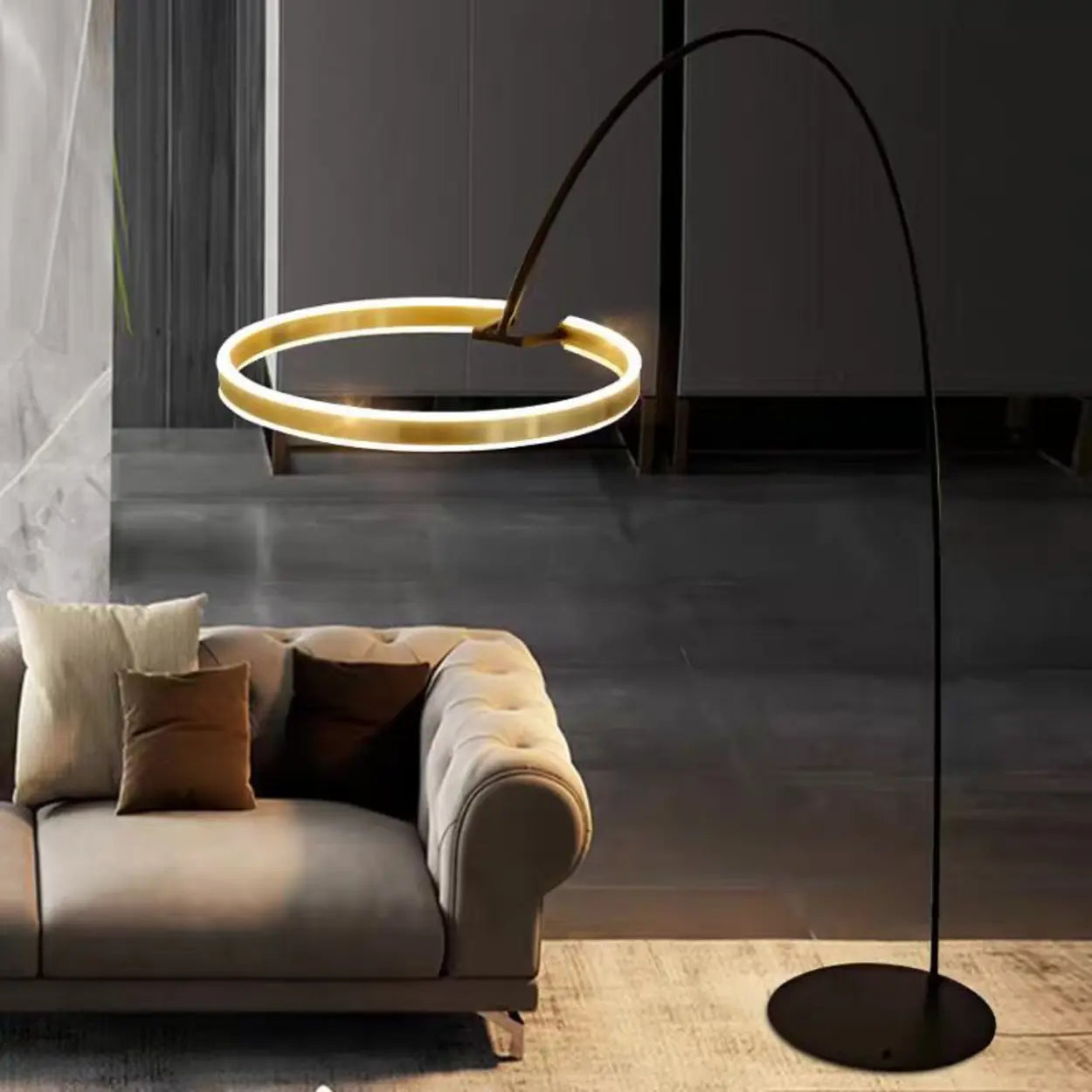

![10 Best Floor Lamp for Reading [2025 Review]](http://www.homebaa.com/cdn/shop/articles/banner_c990b0a4-4743-4902-b6be-5609f7a21a90.webp?v=1747357941)



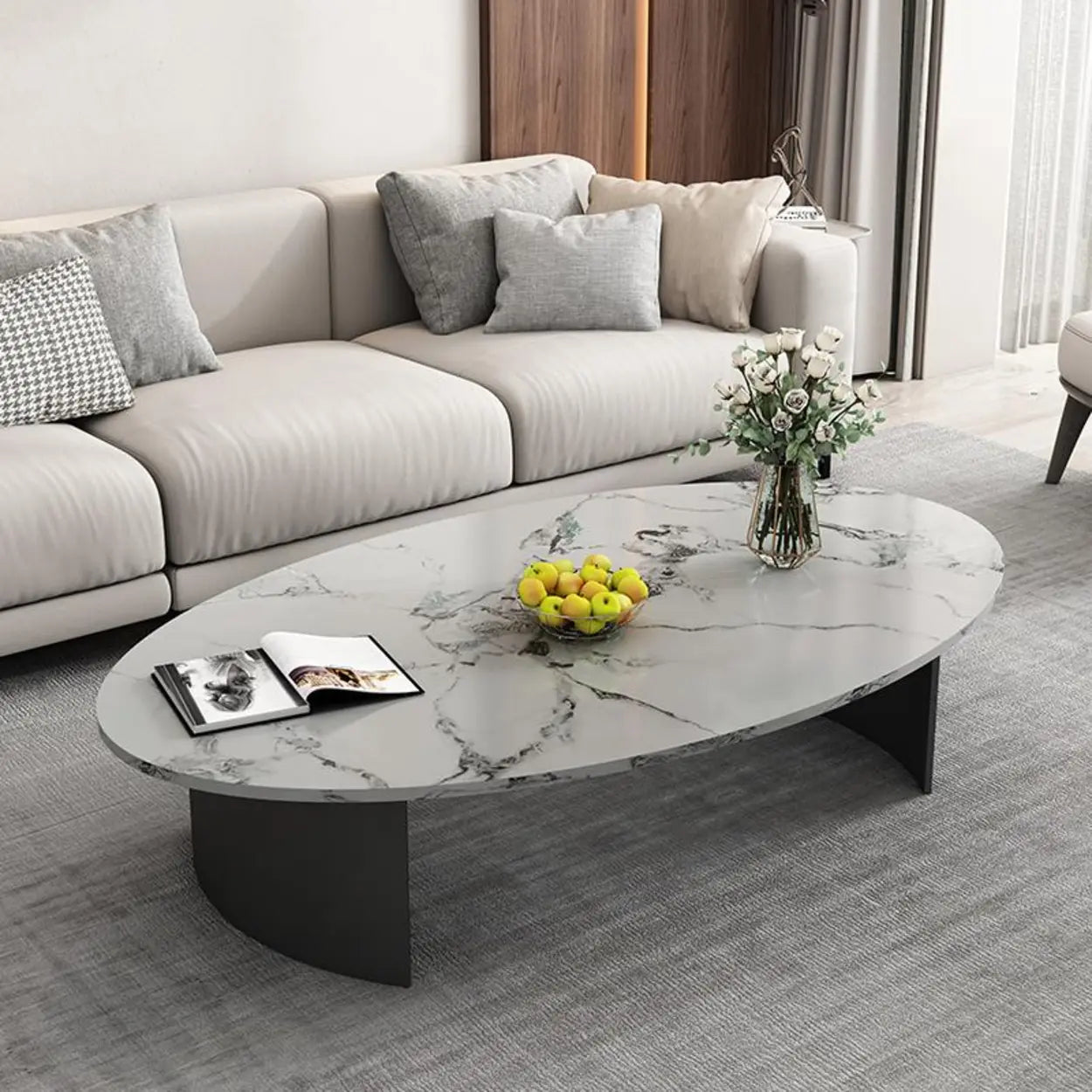

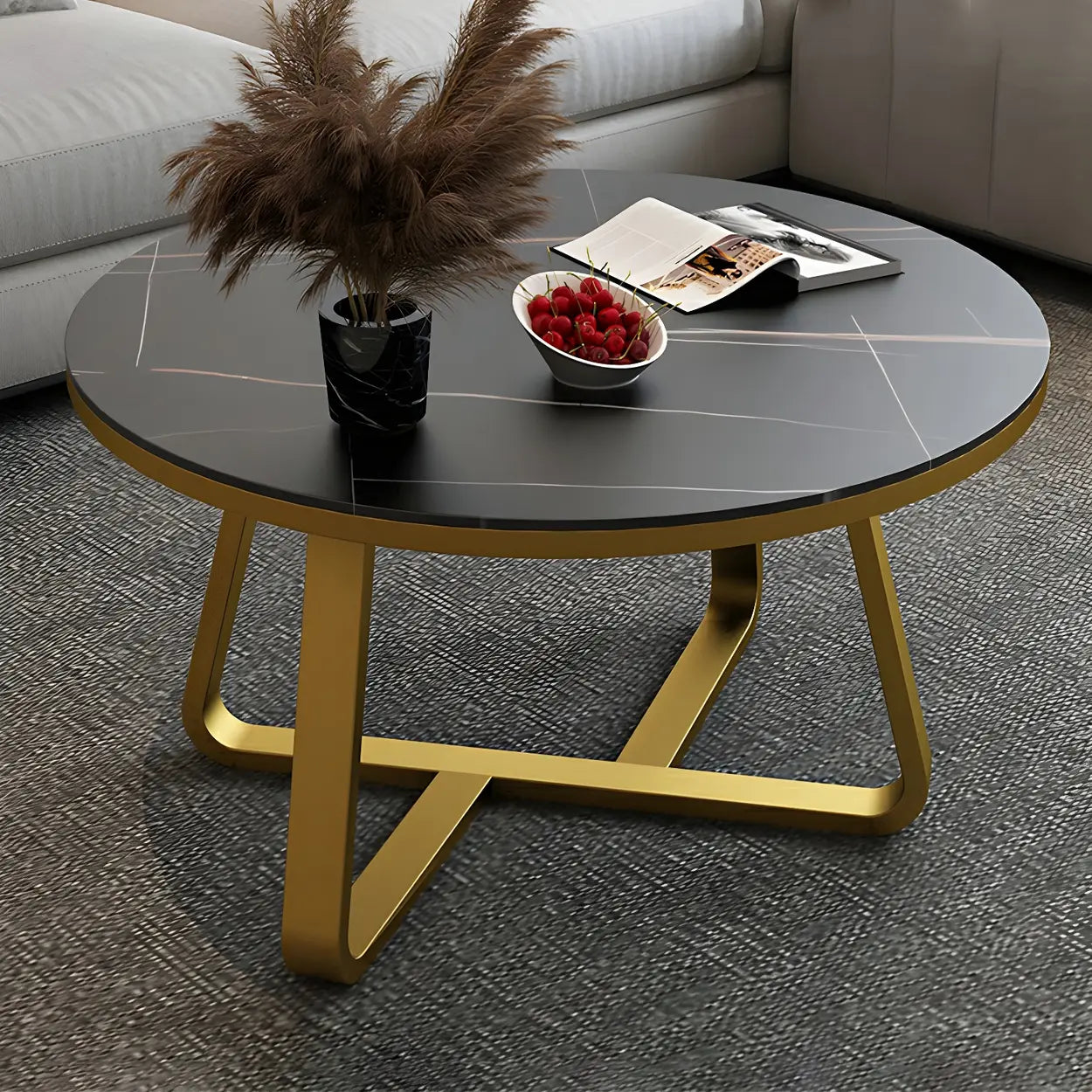
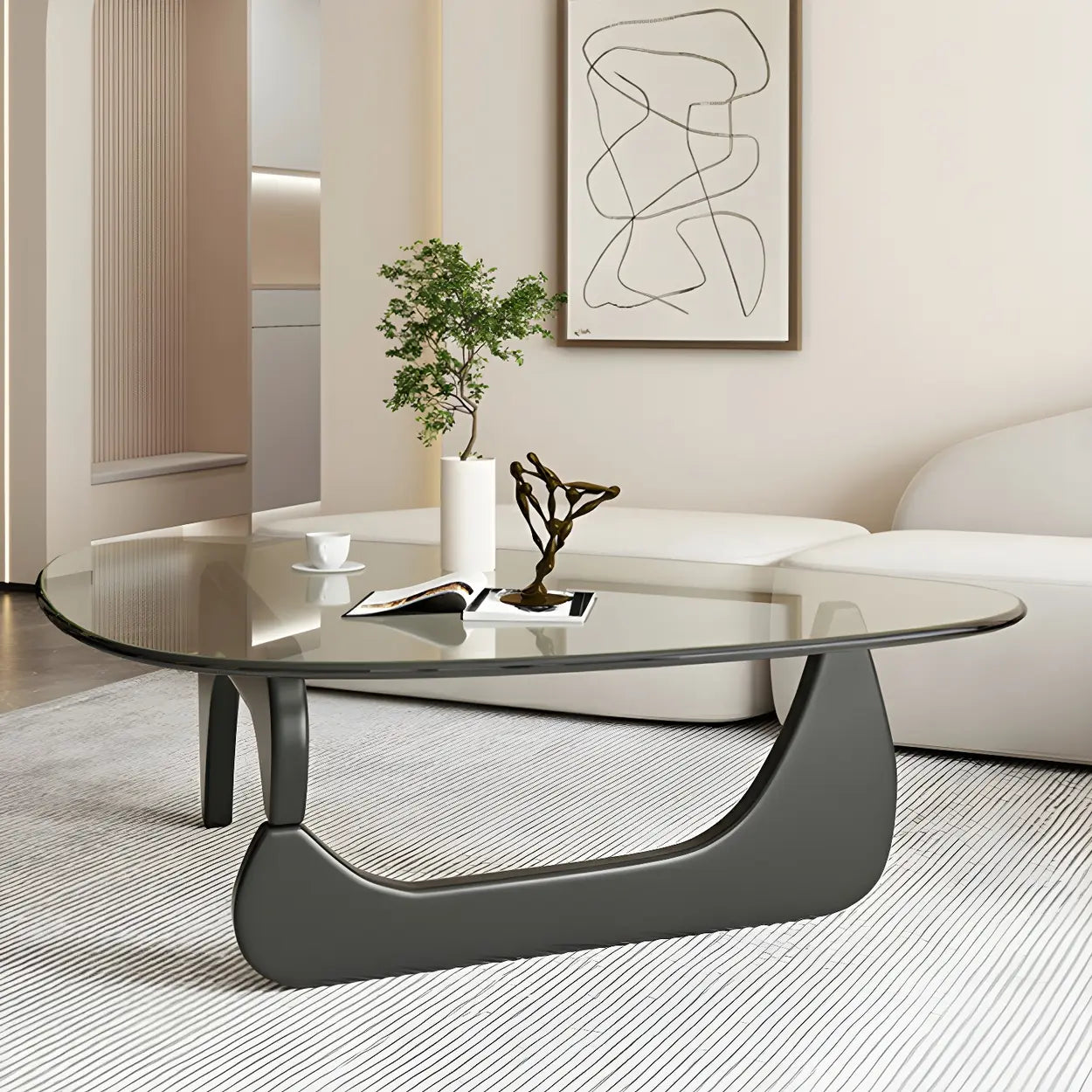
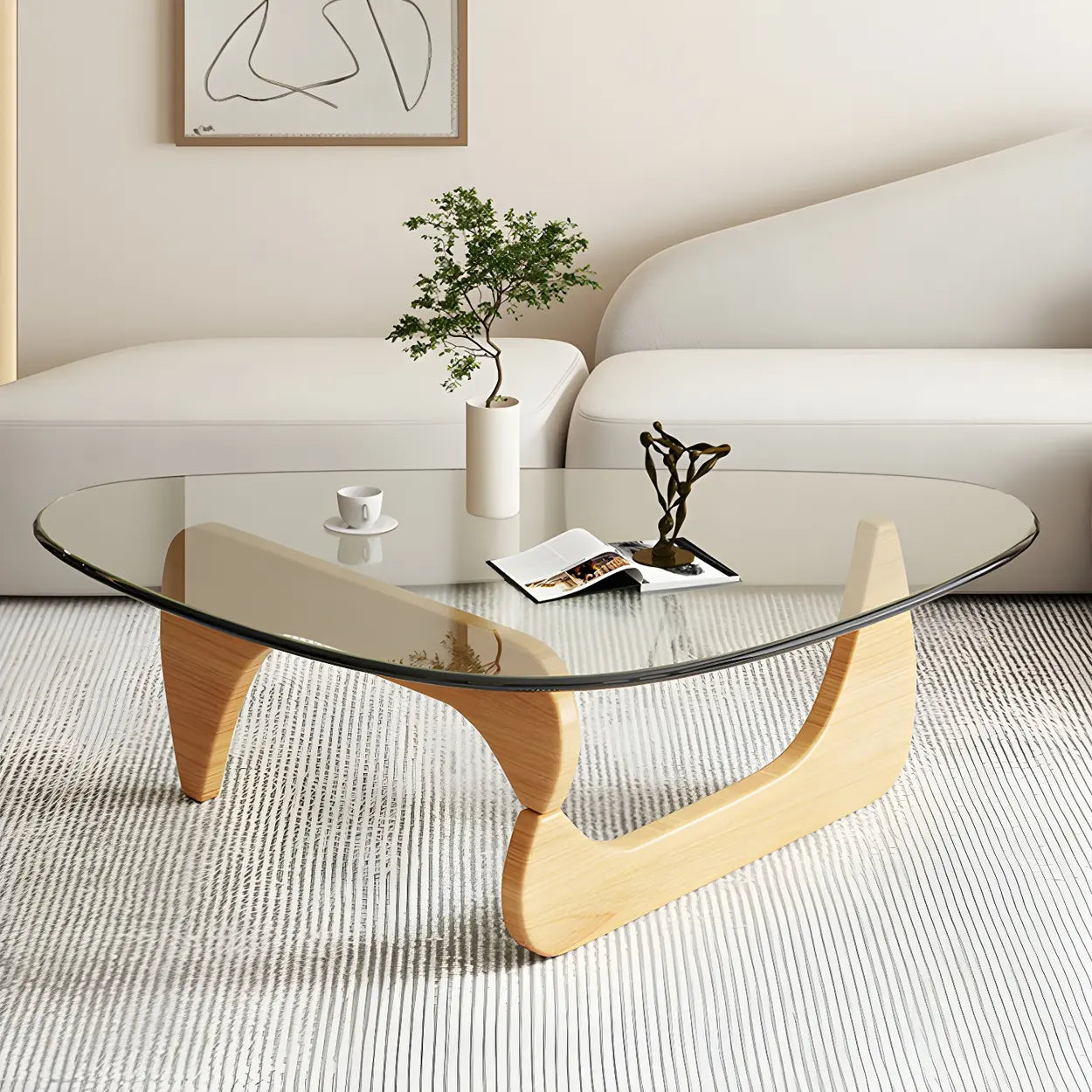



![How to Choose the Coffee Table Height? [2025 Newest Guide]](http://www.homebaa.com/cdn/shop/articles/coffee-table-height.webp?v=1749523259)
